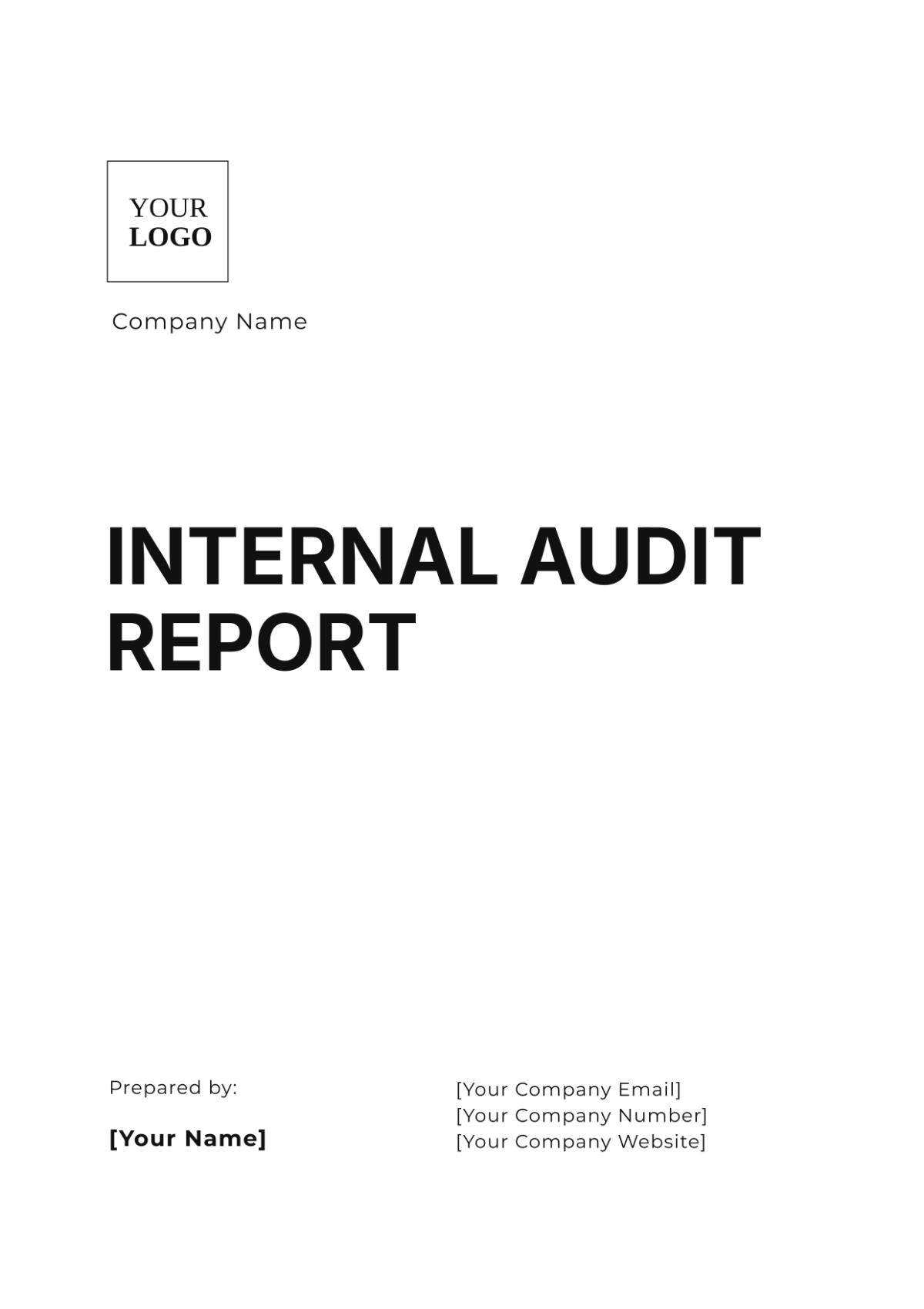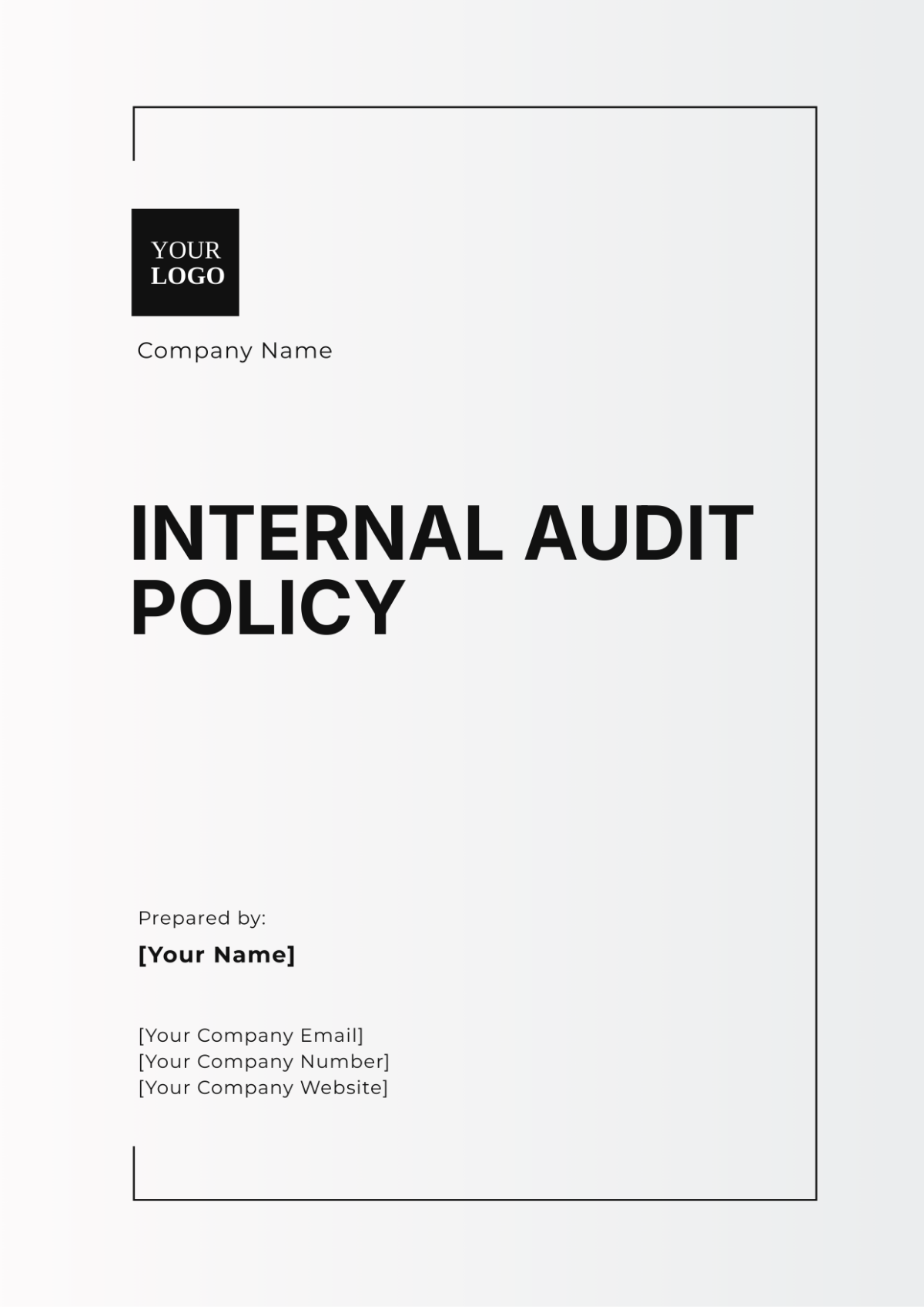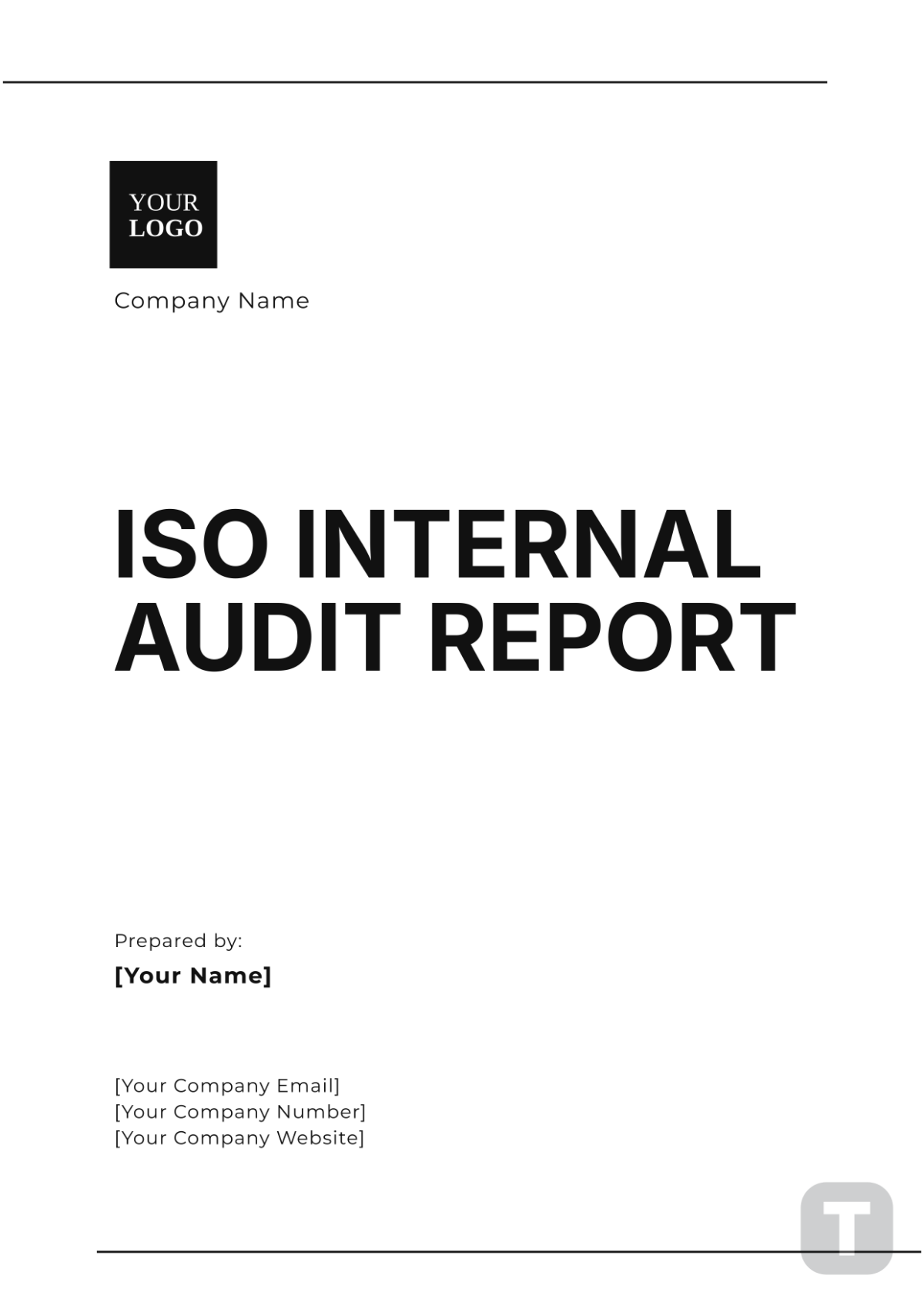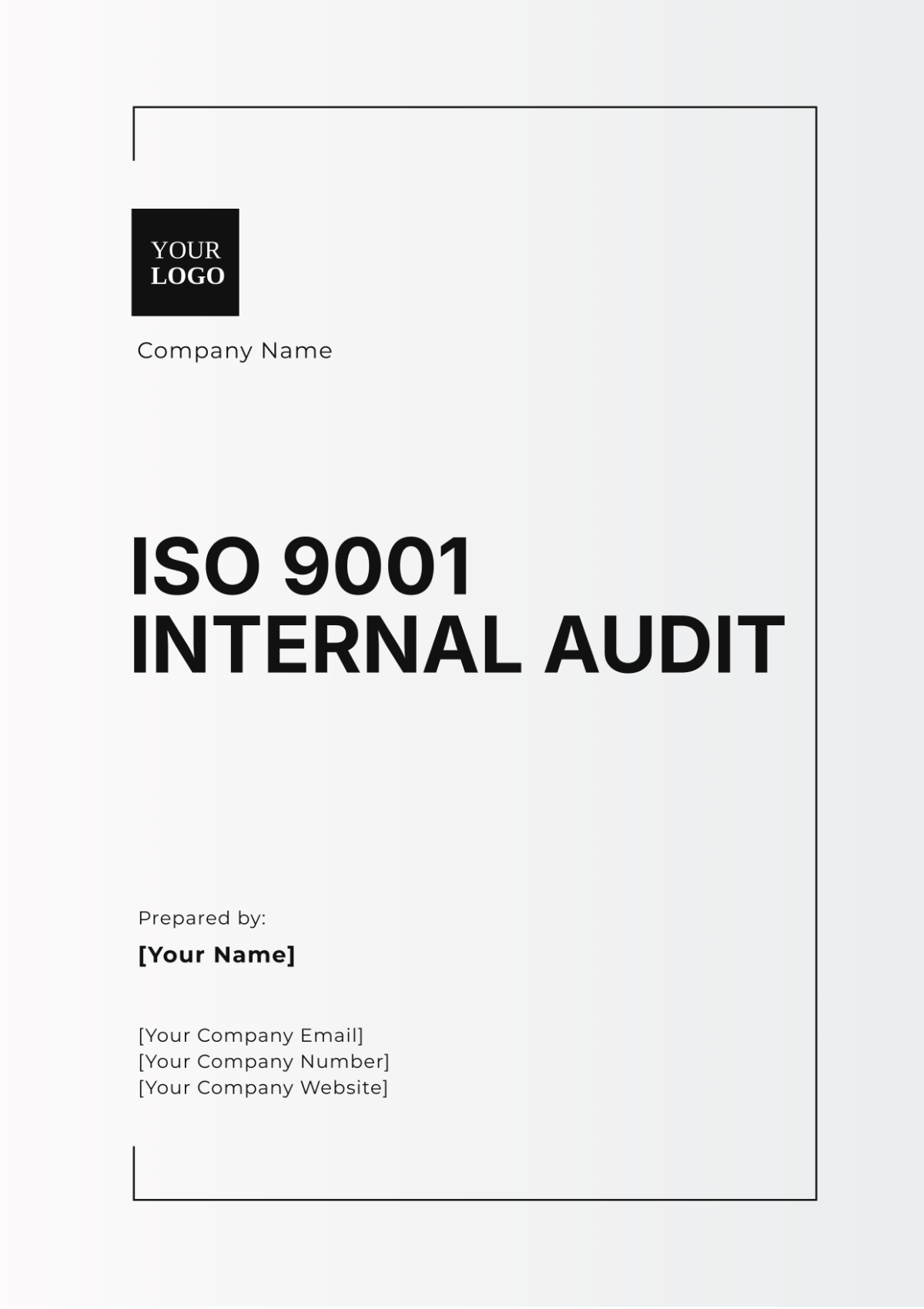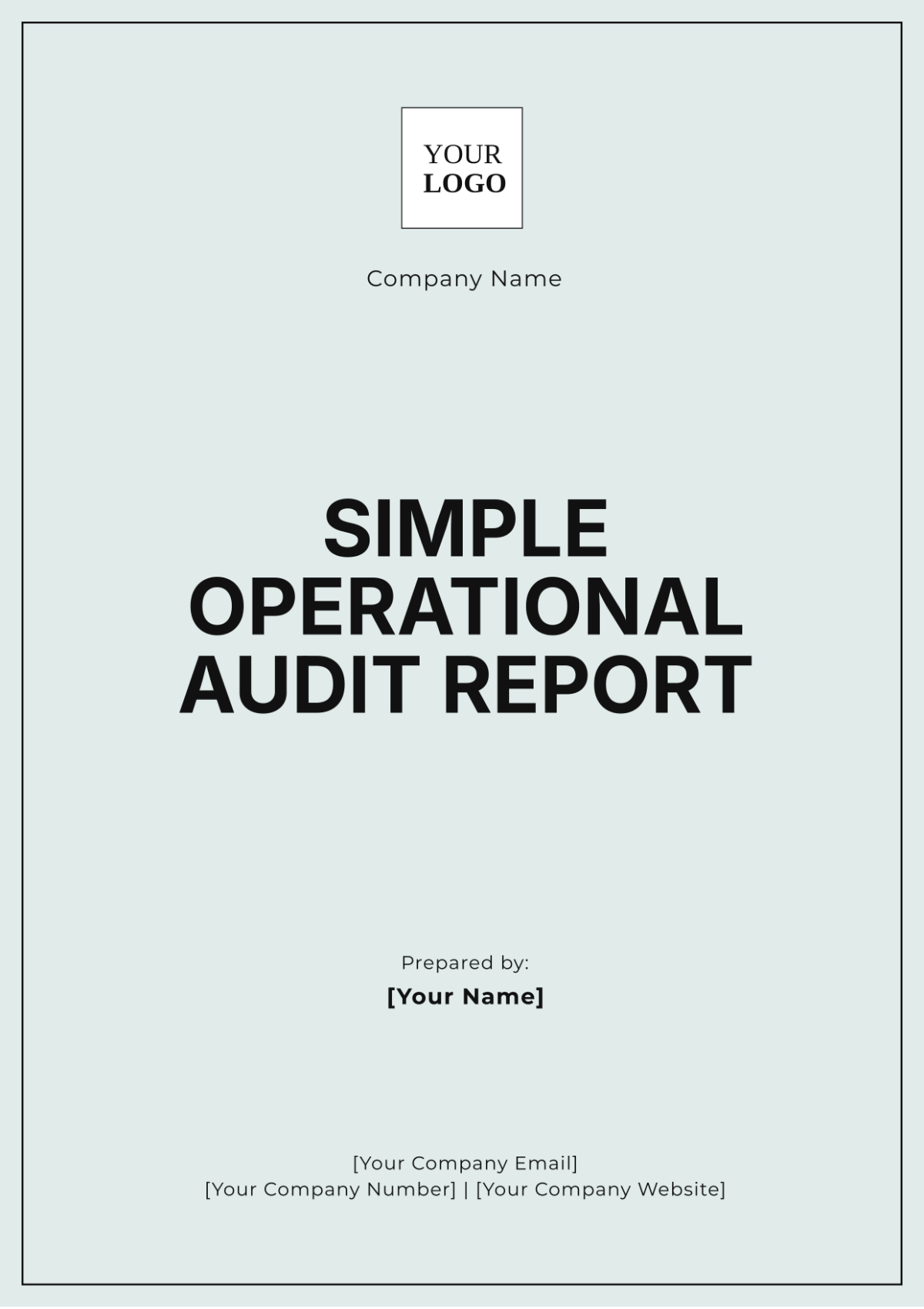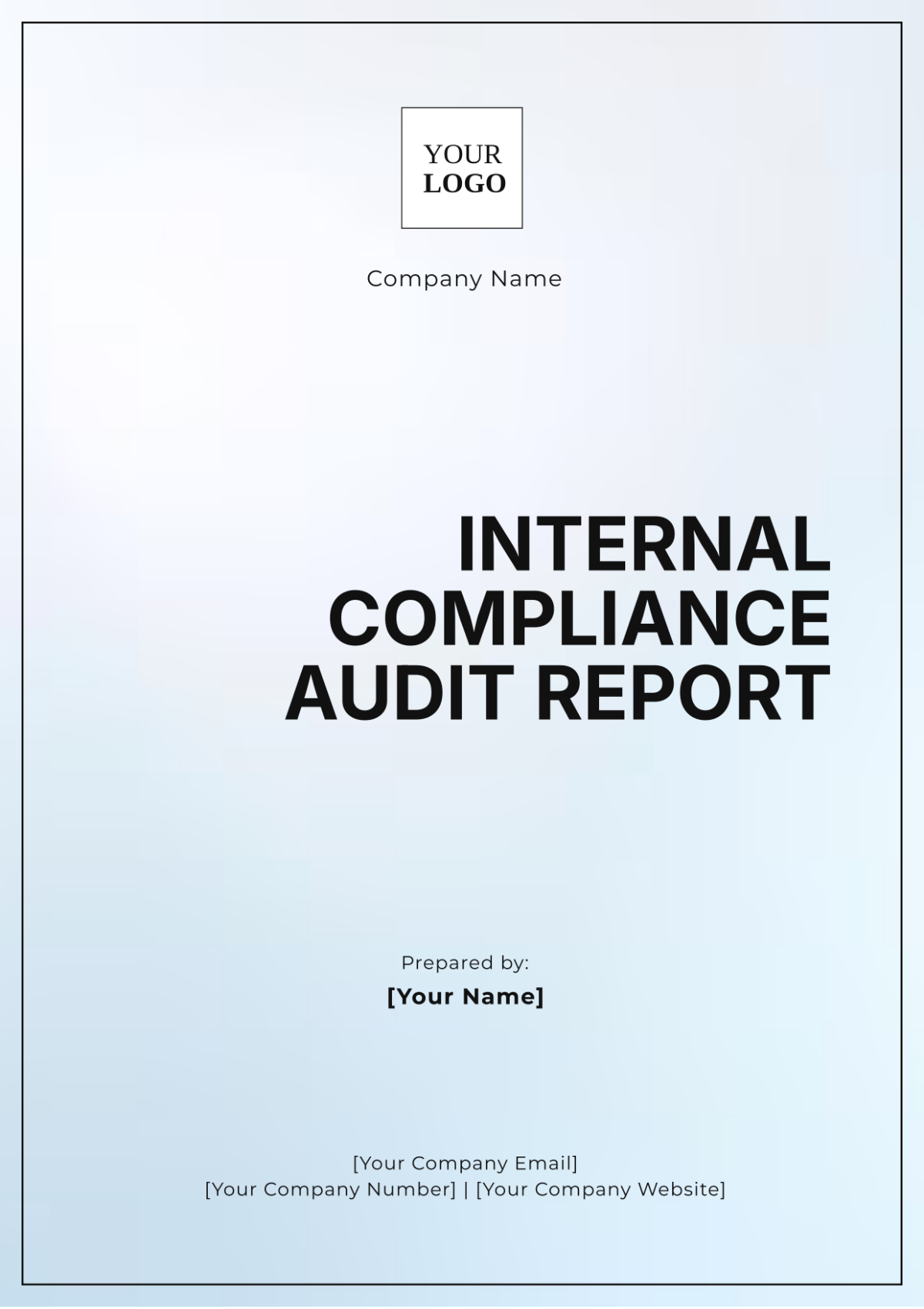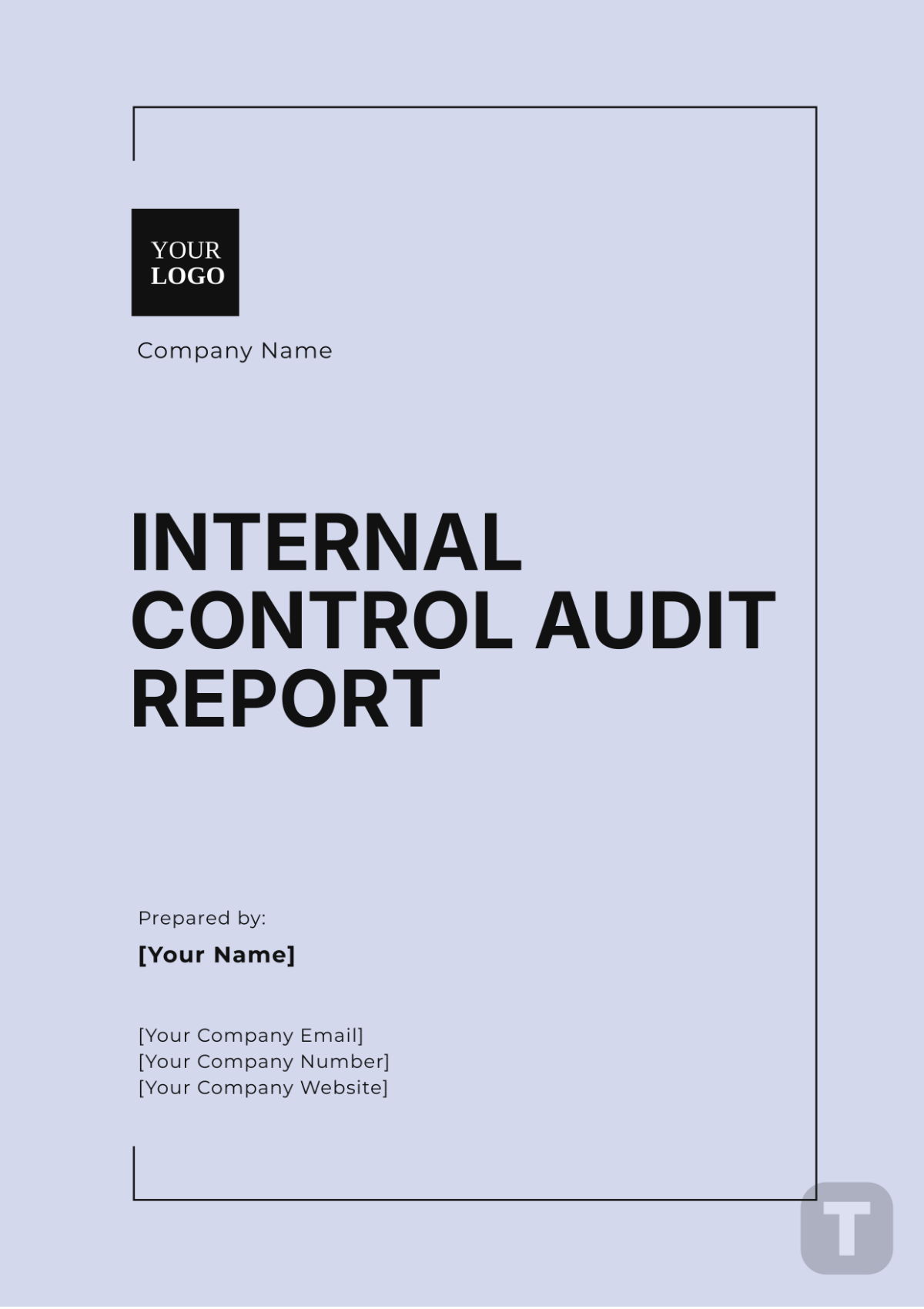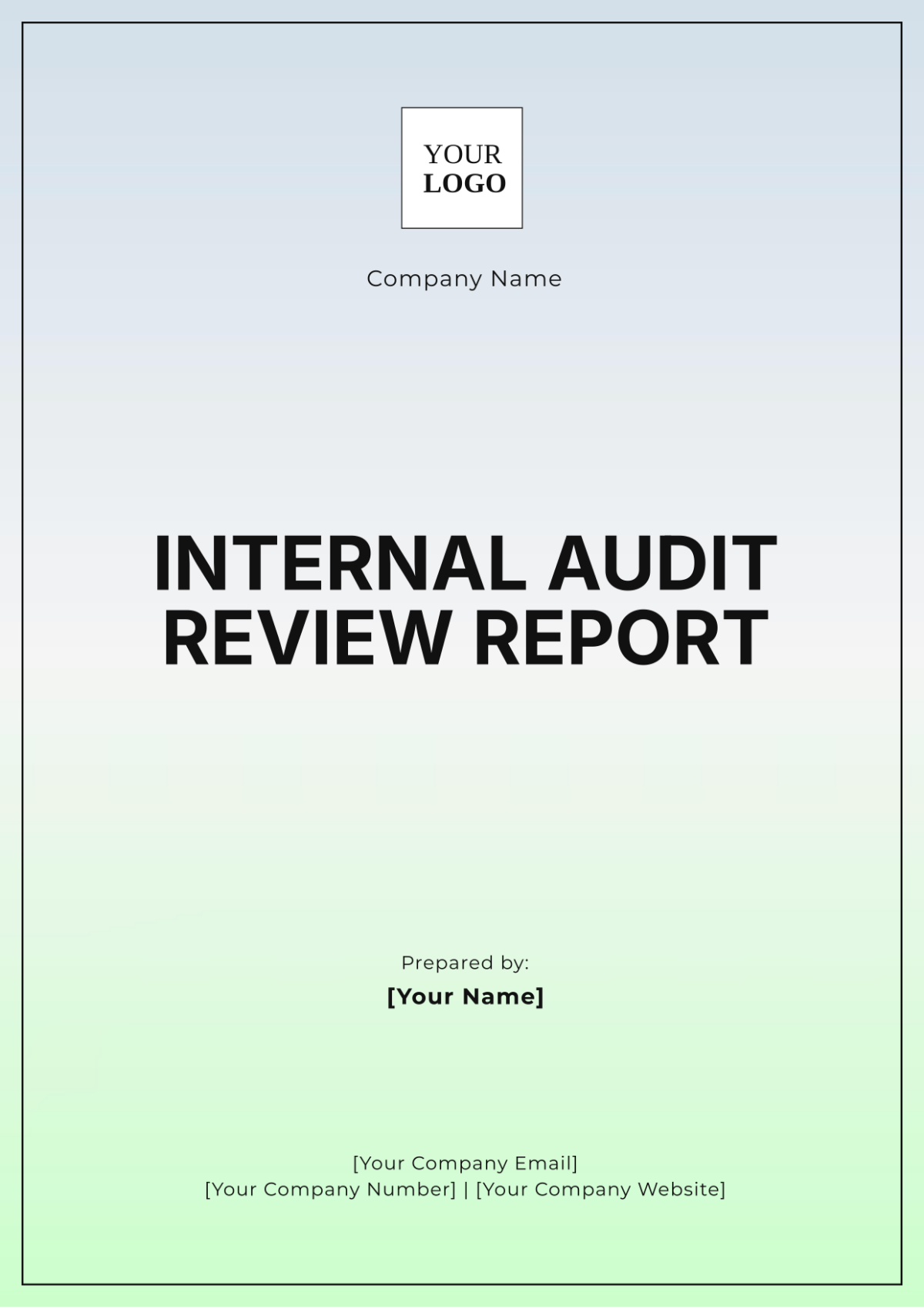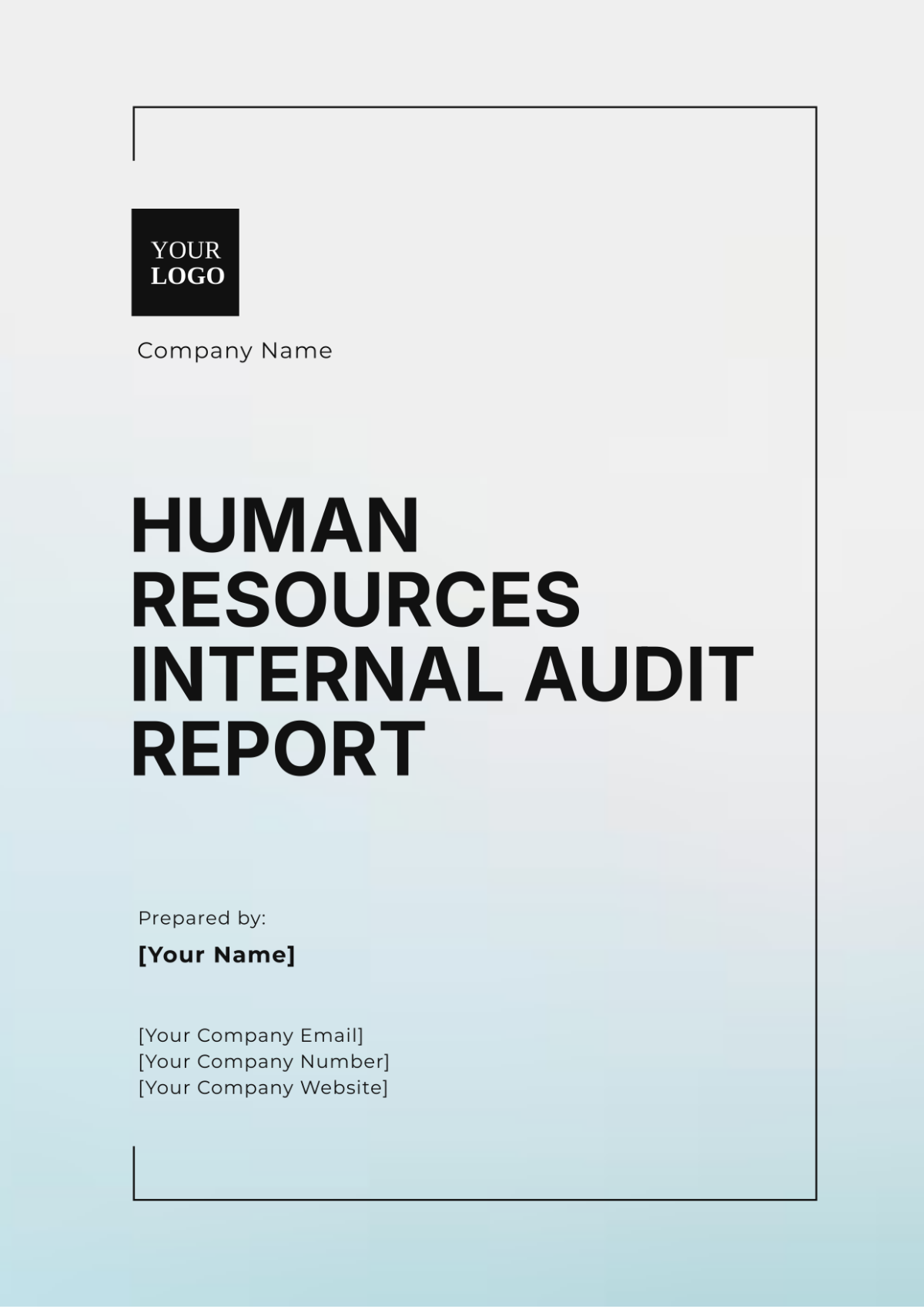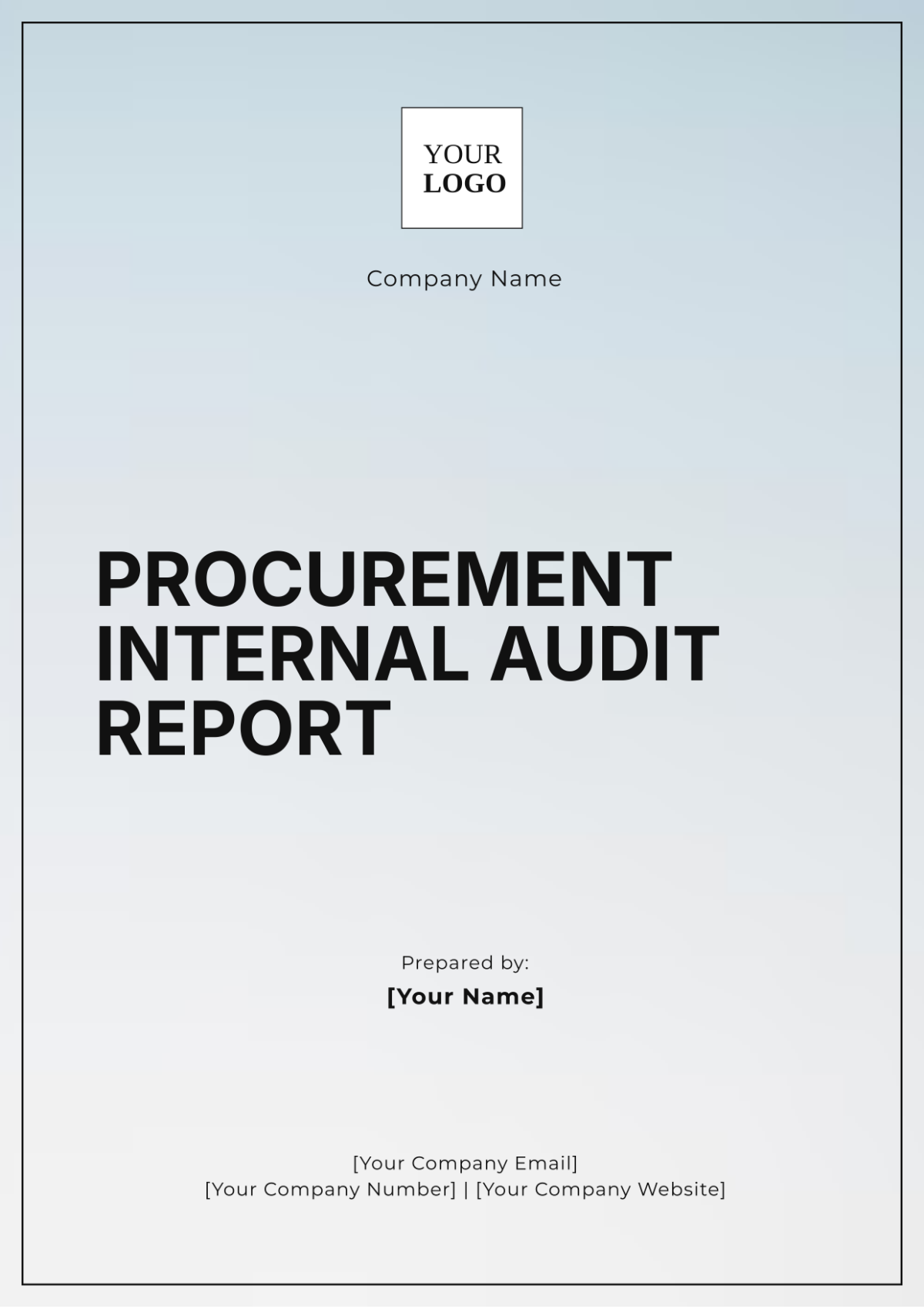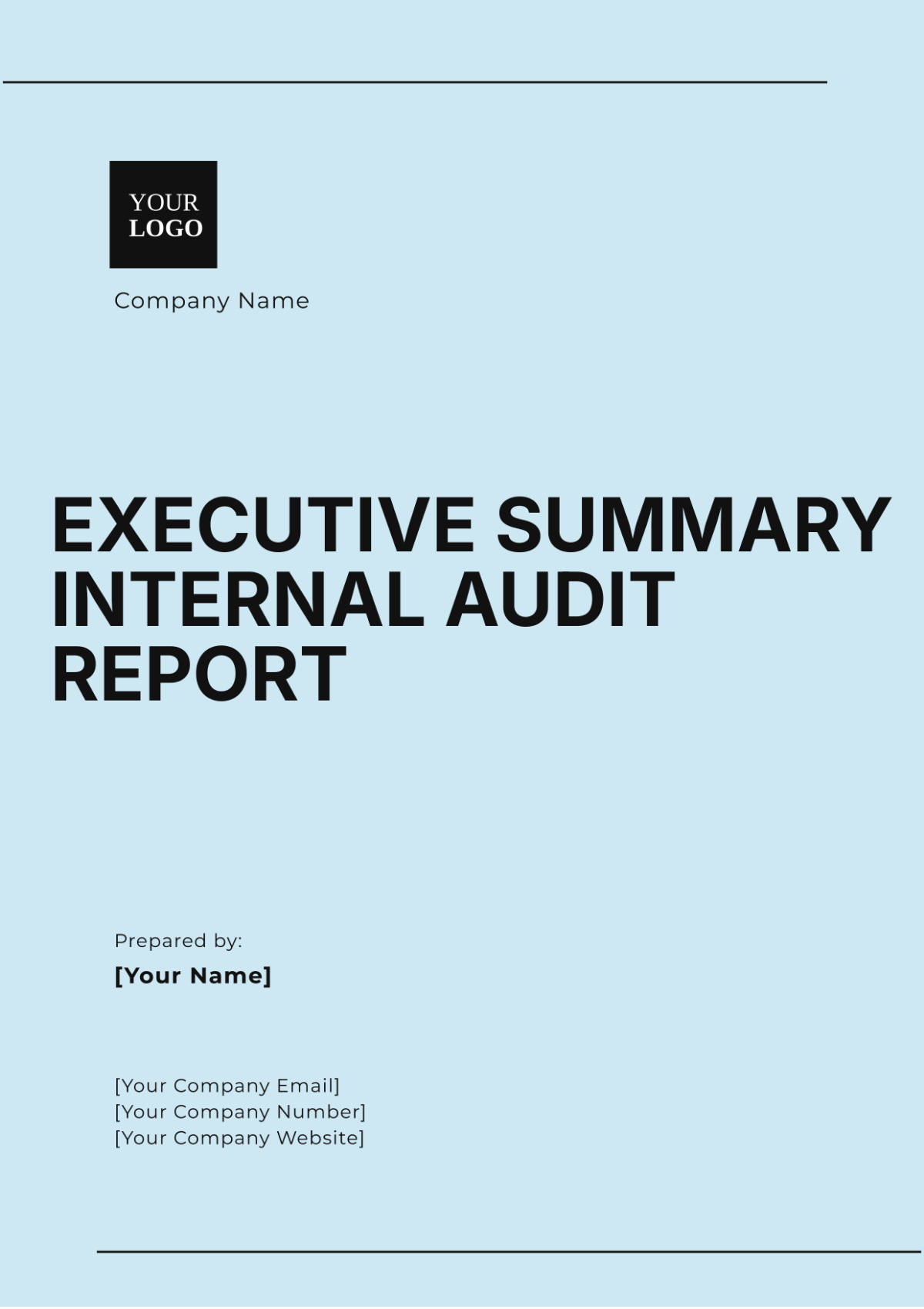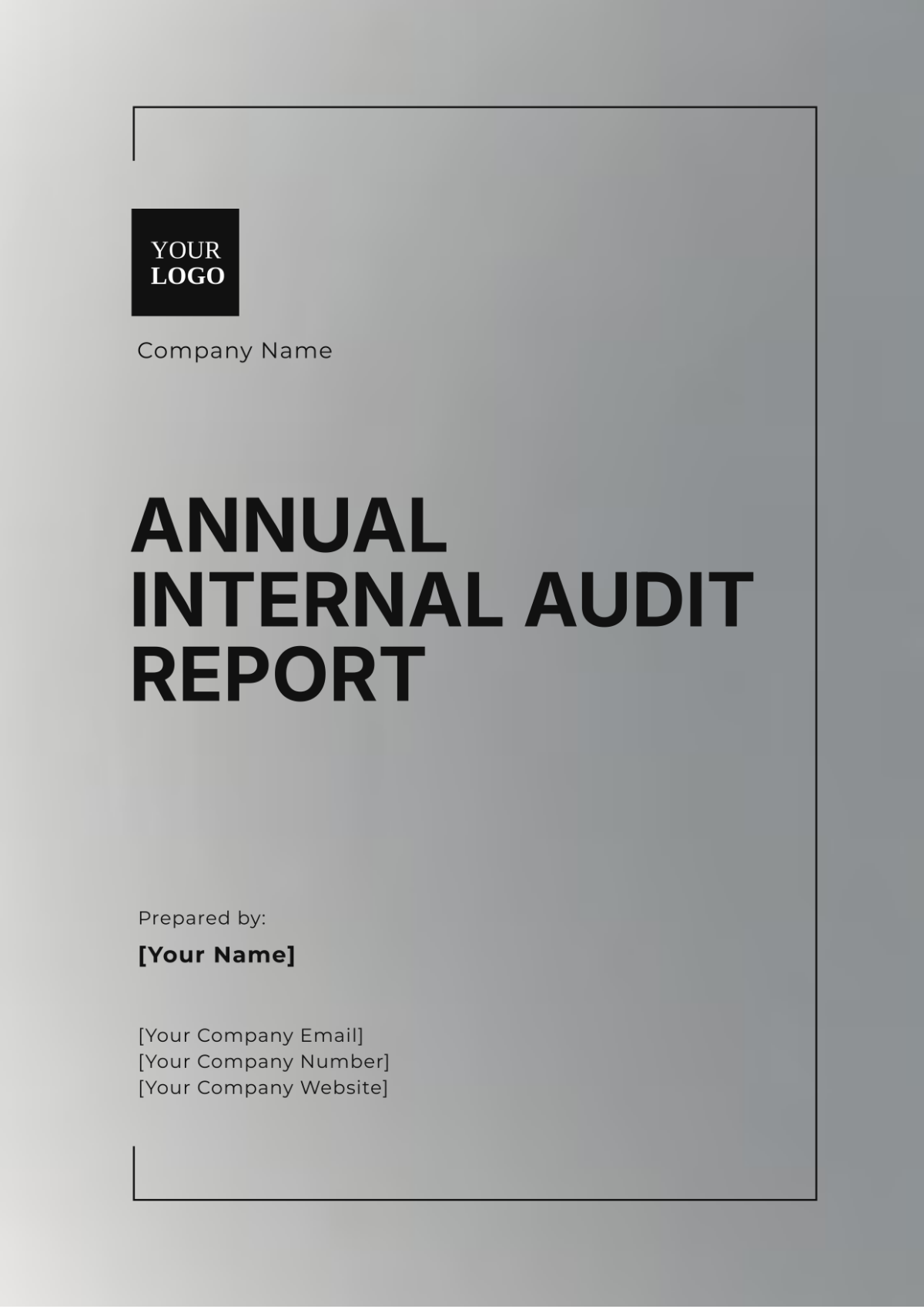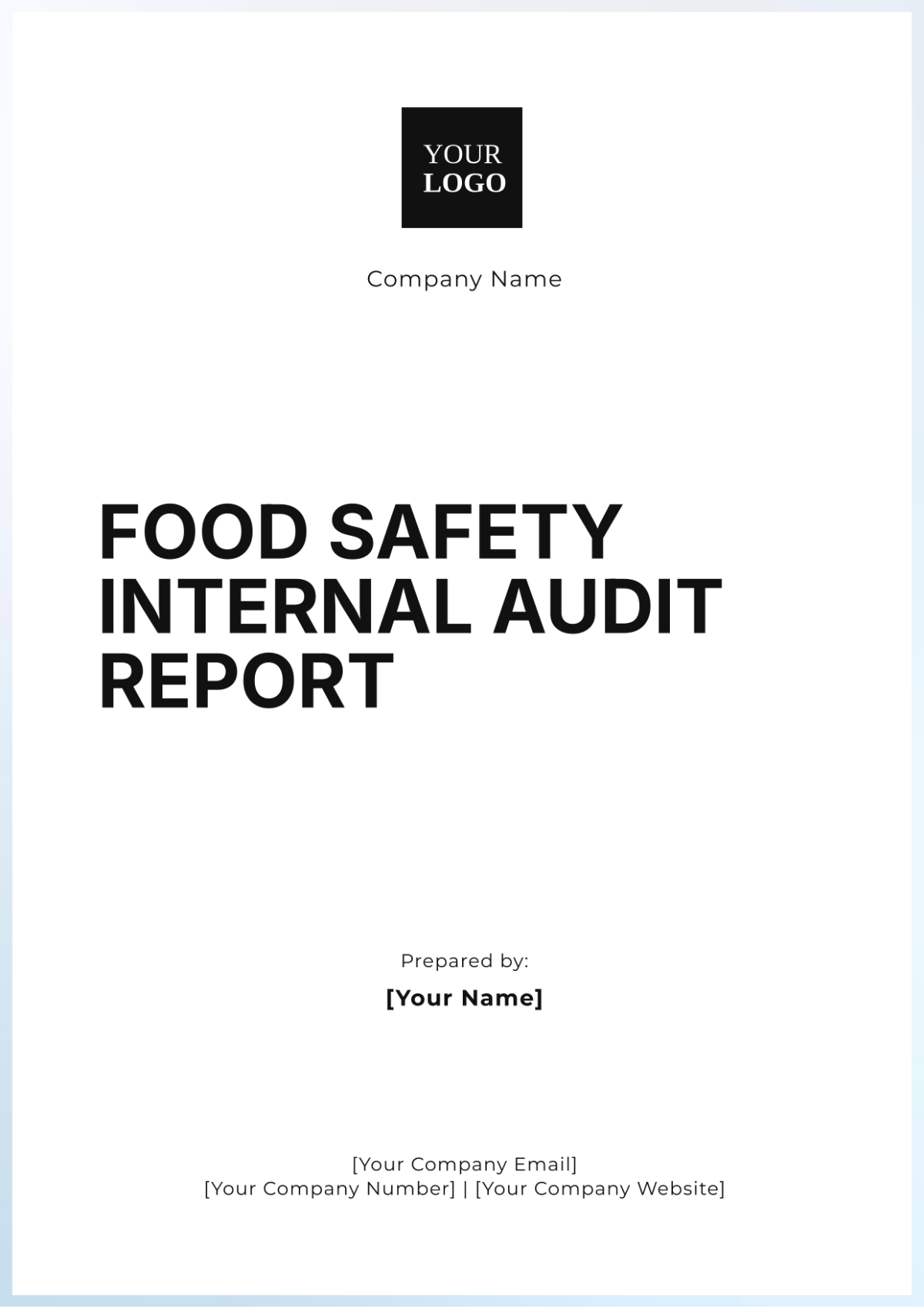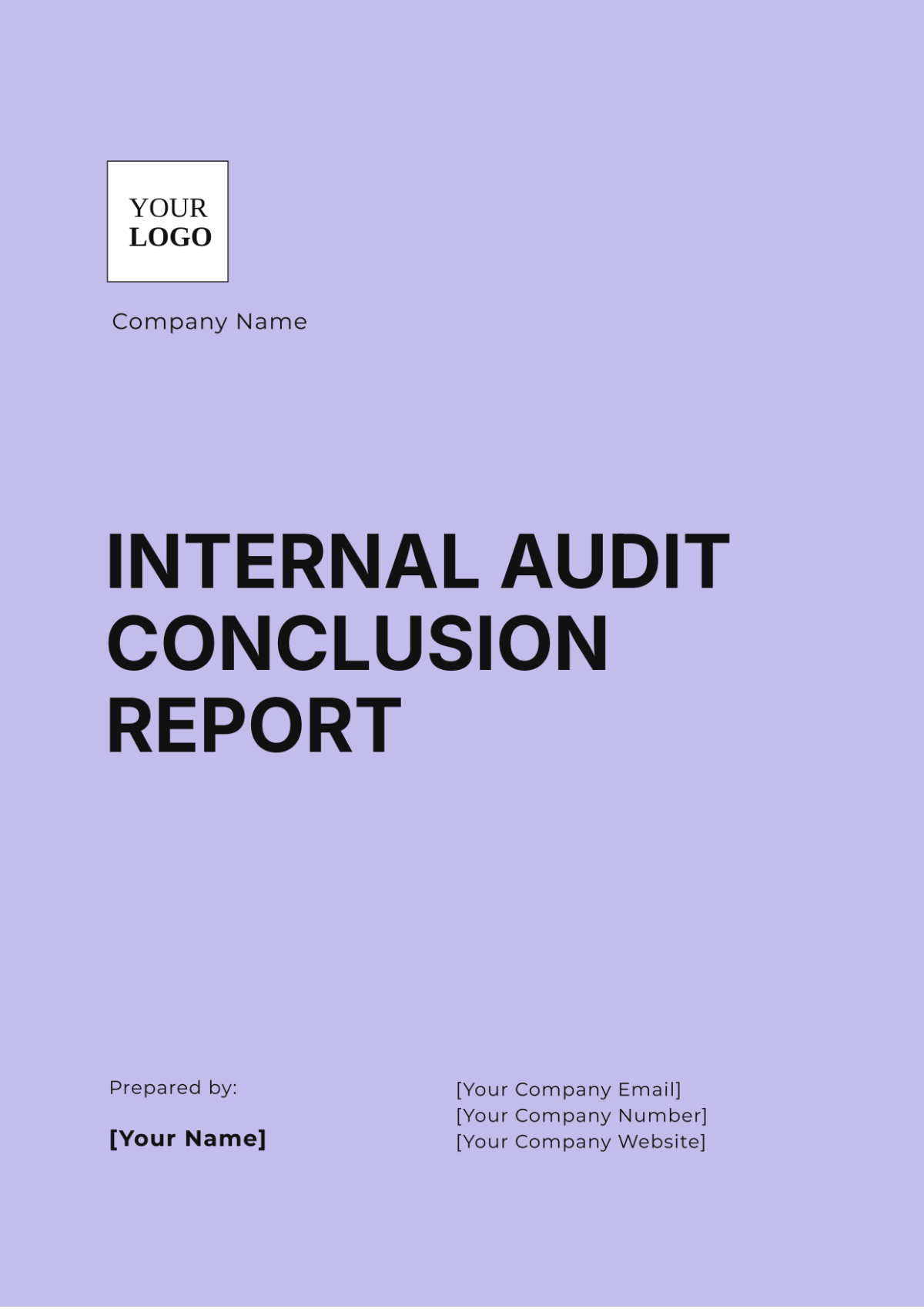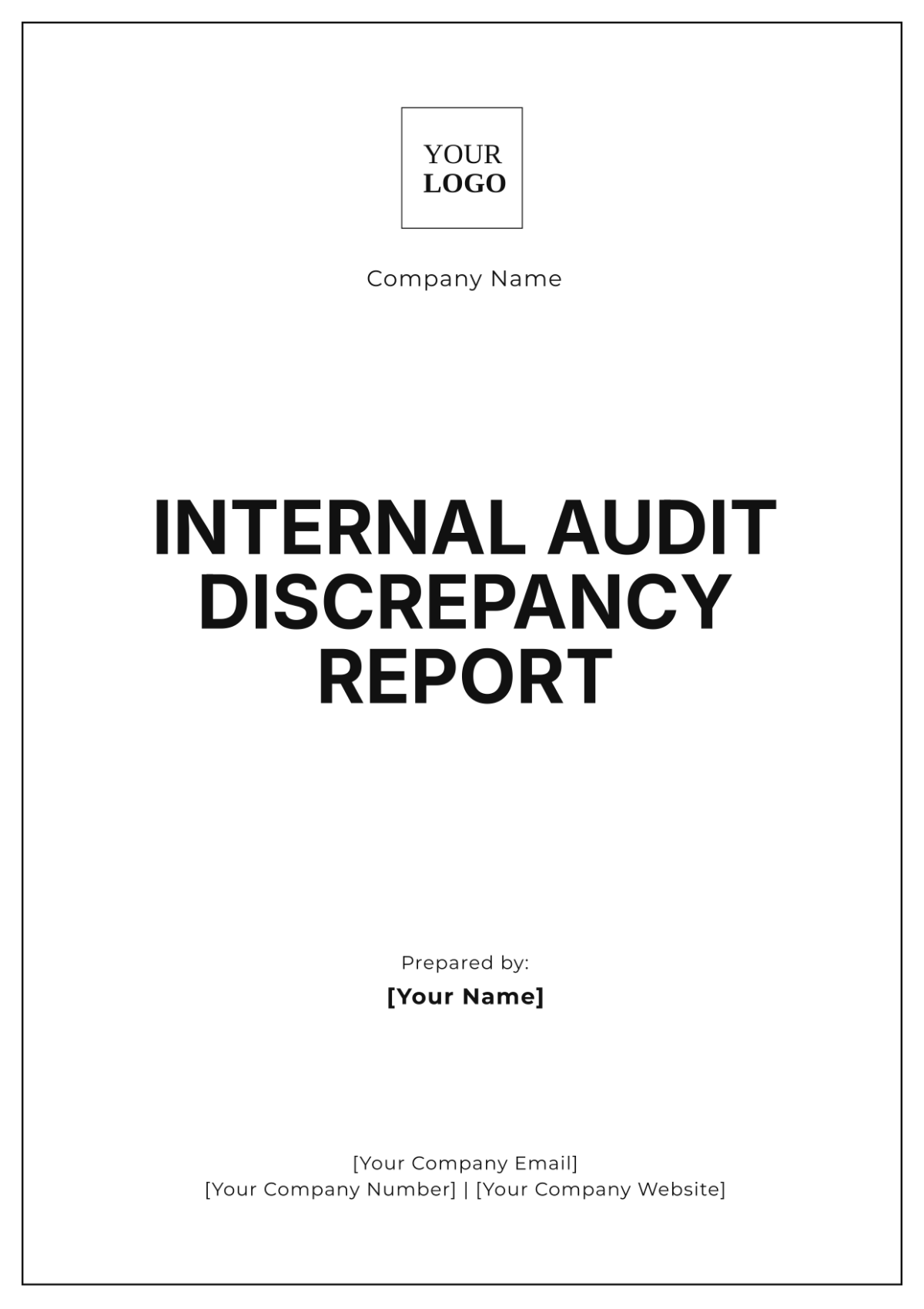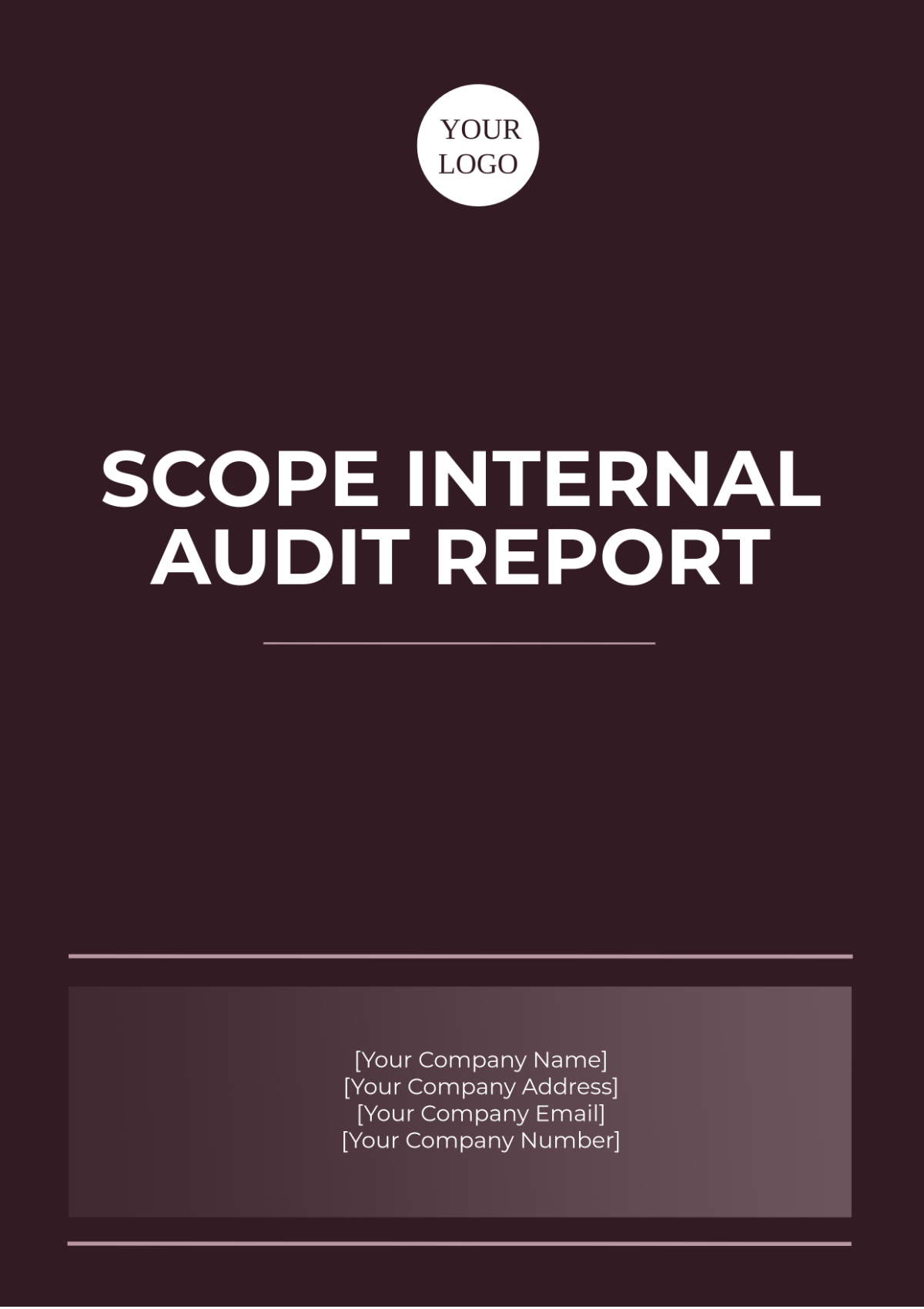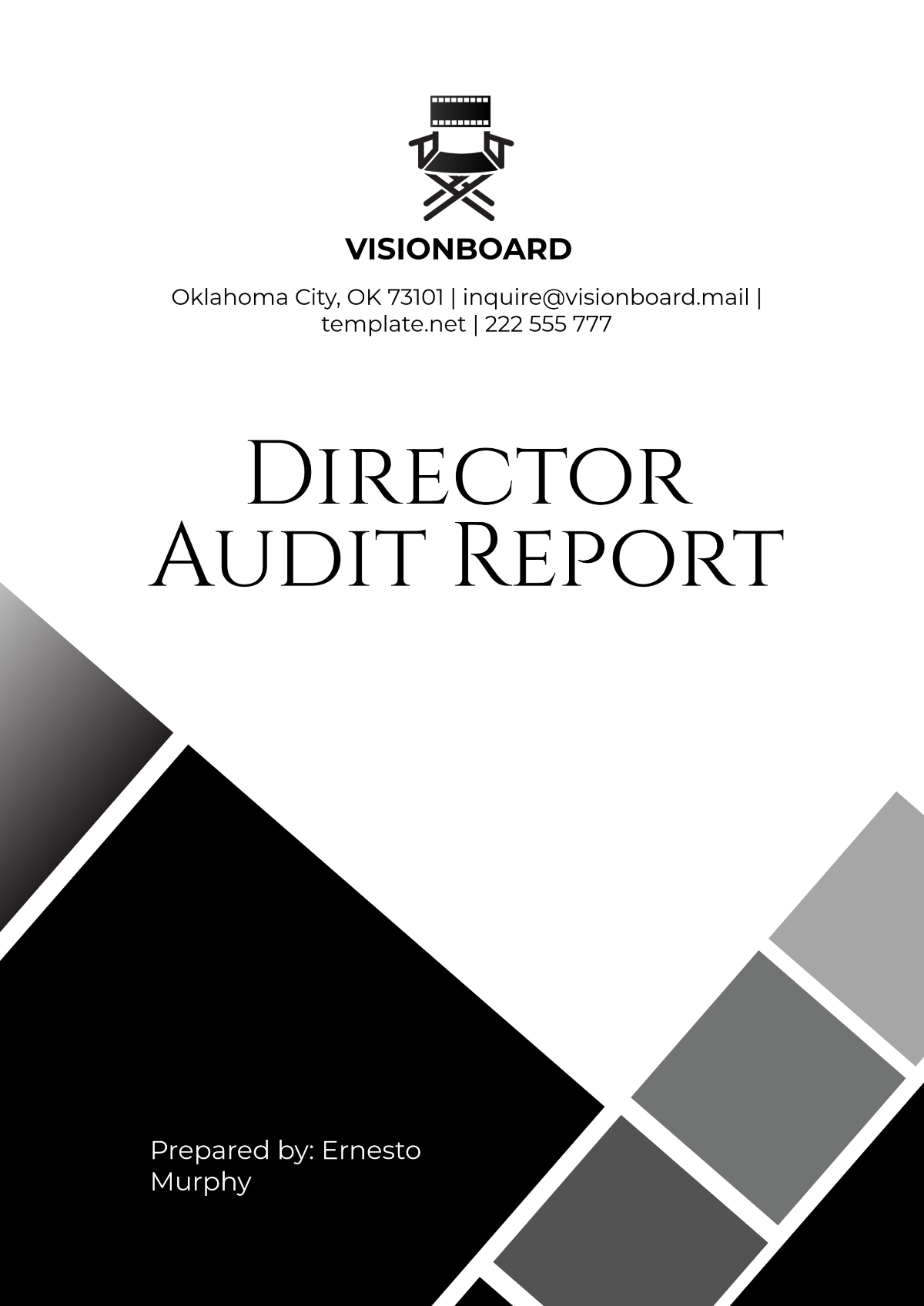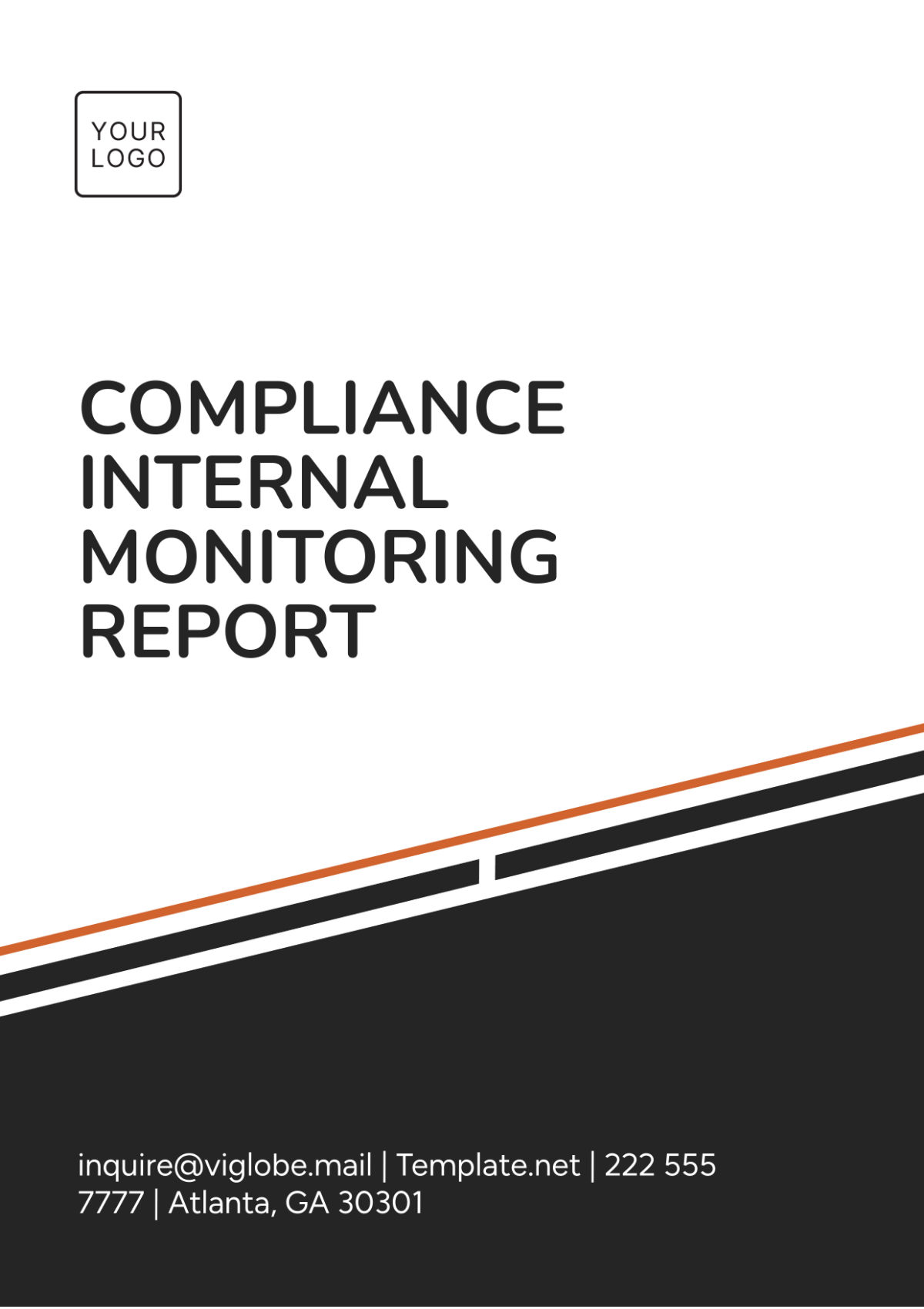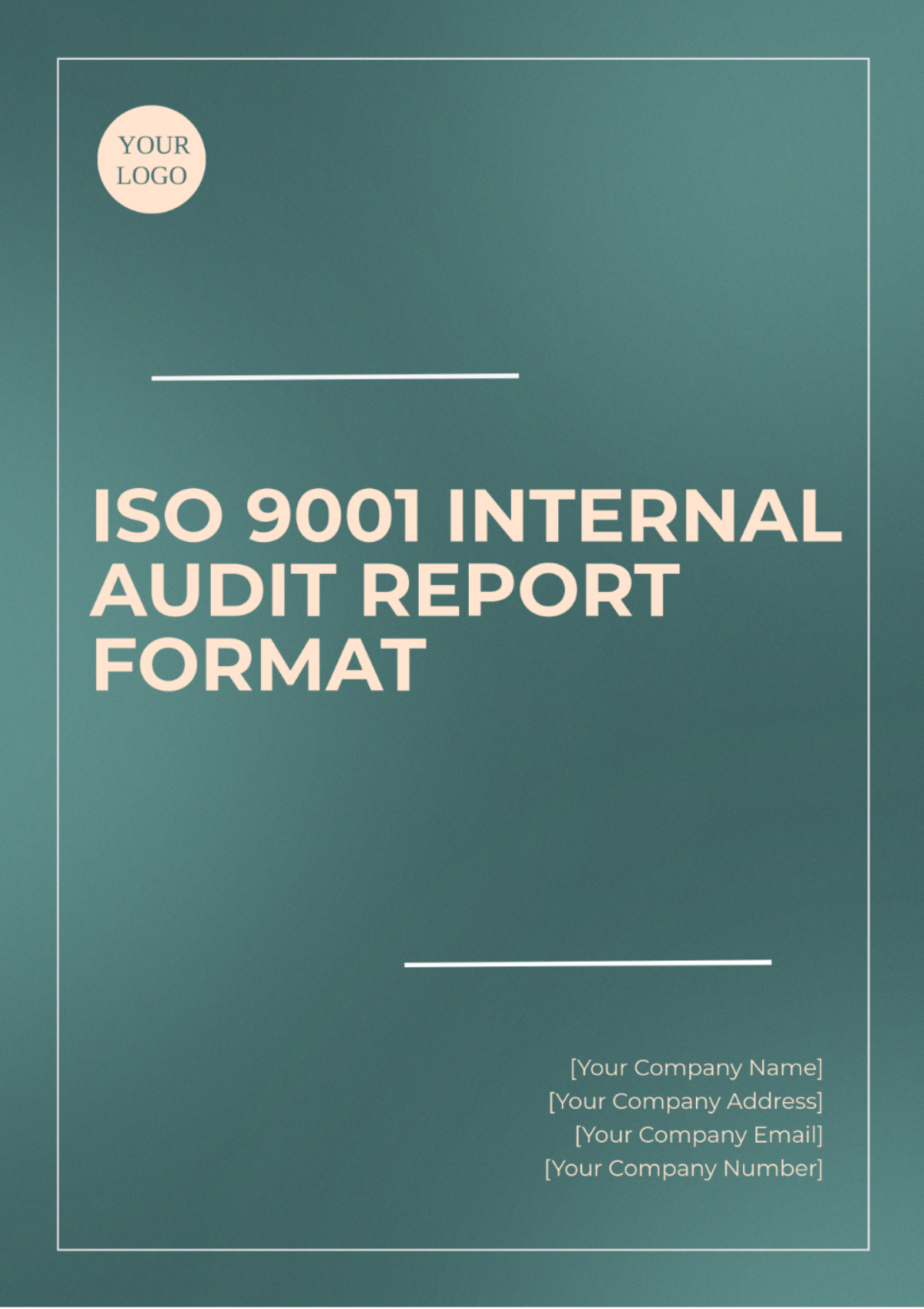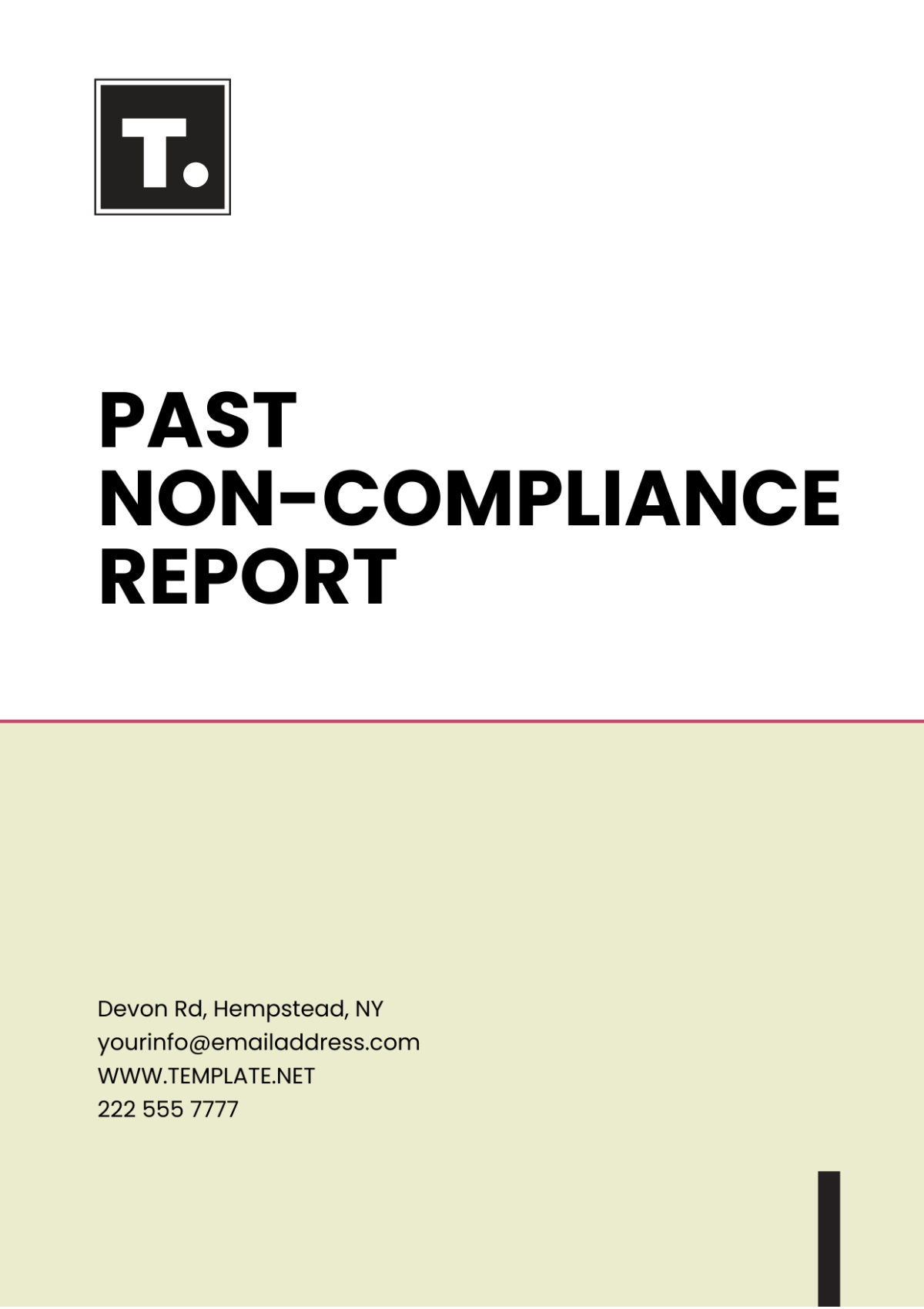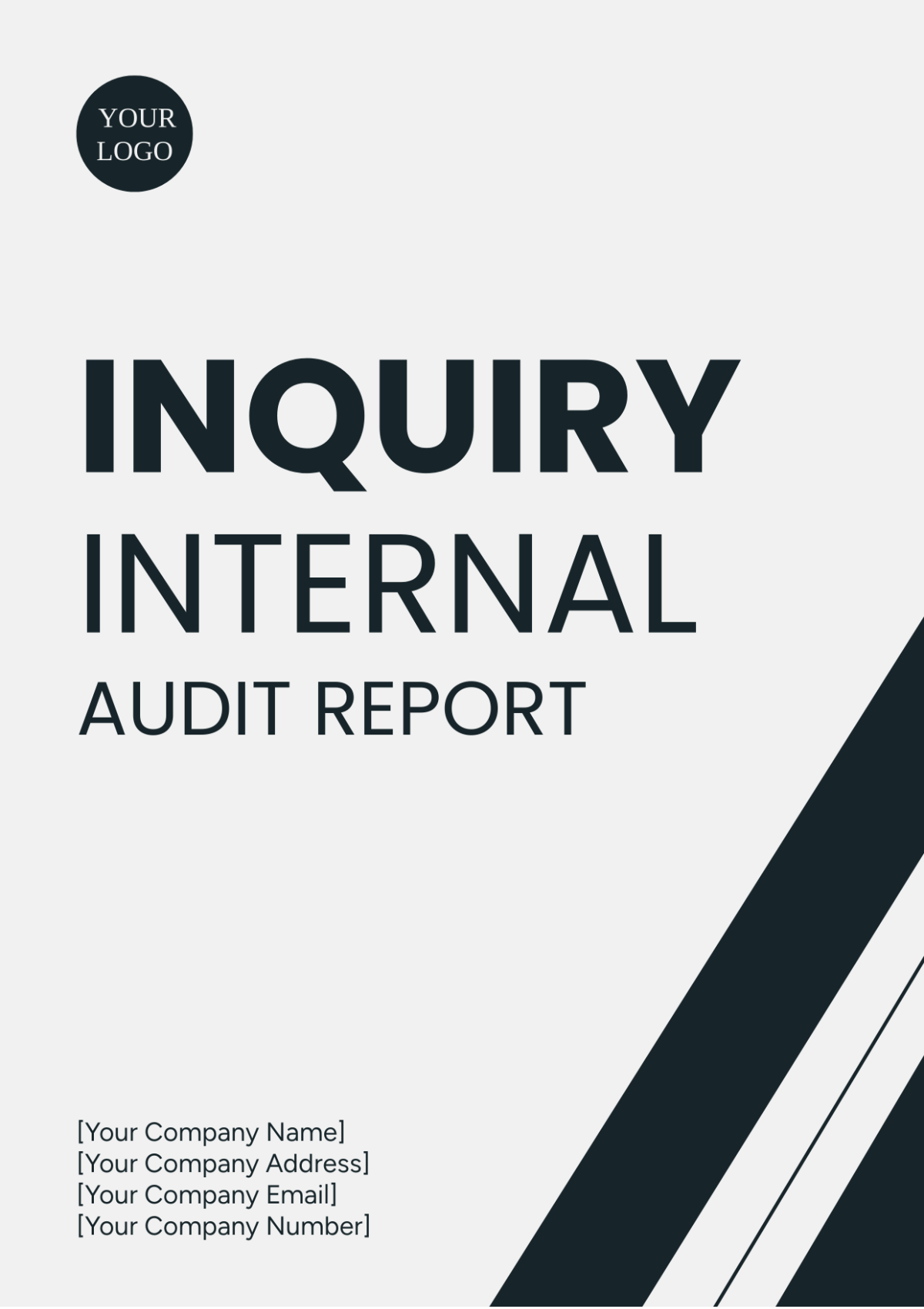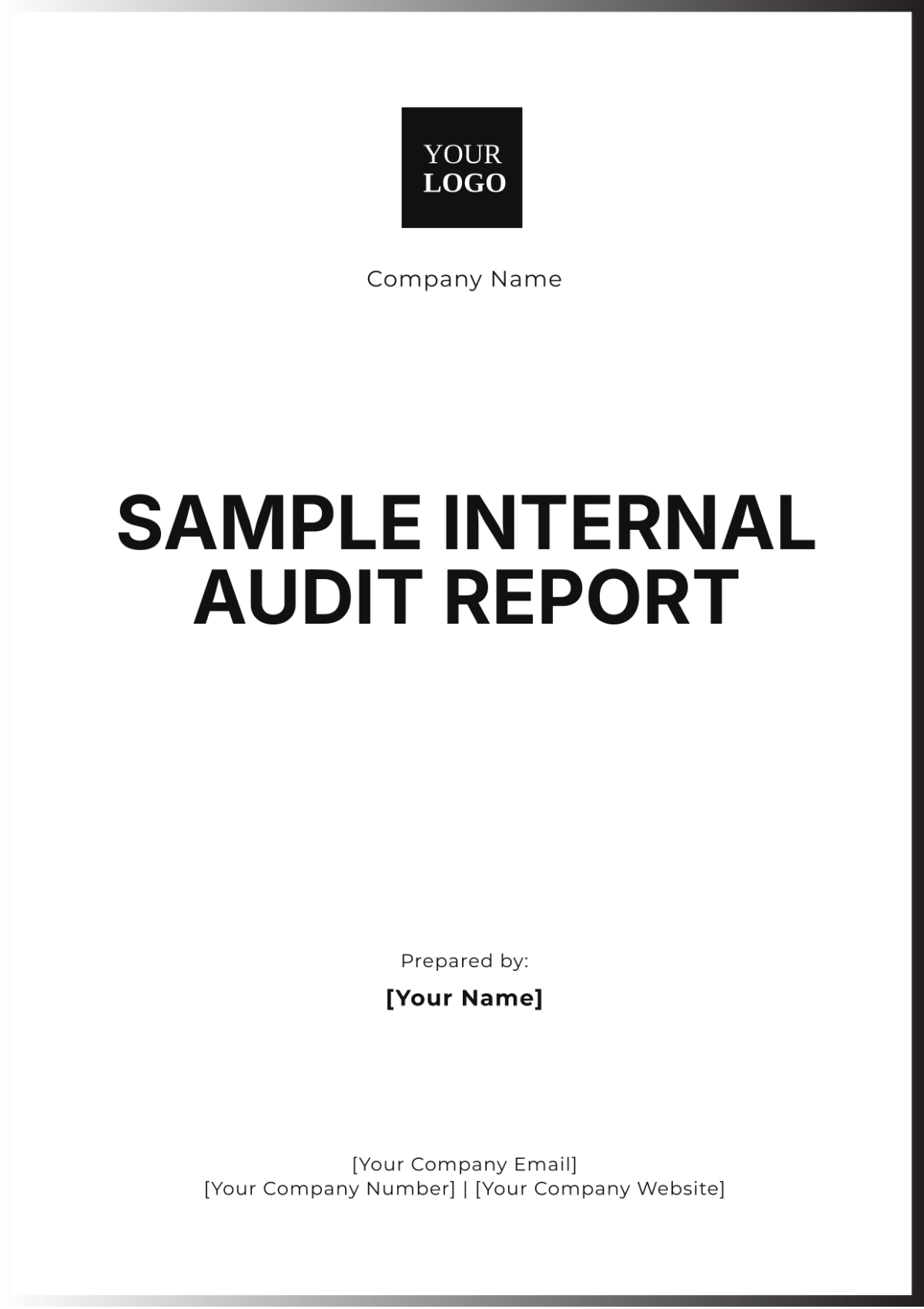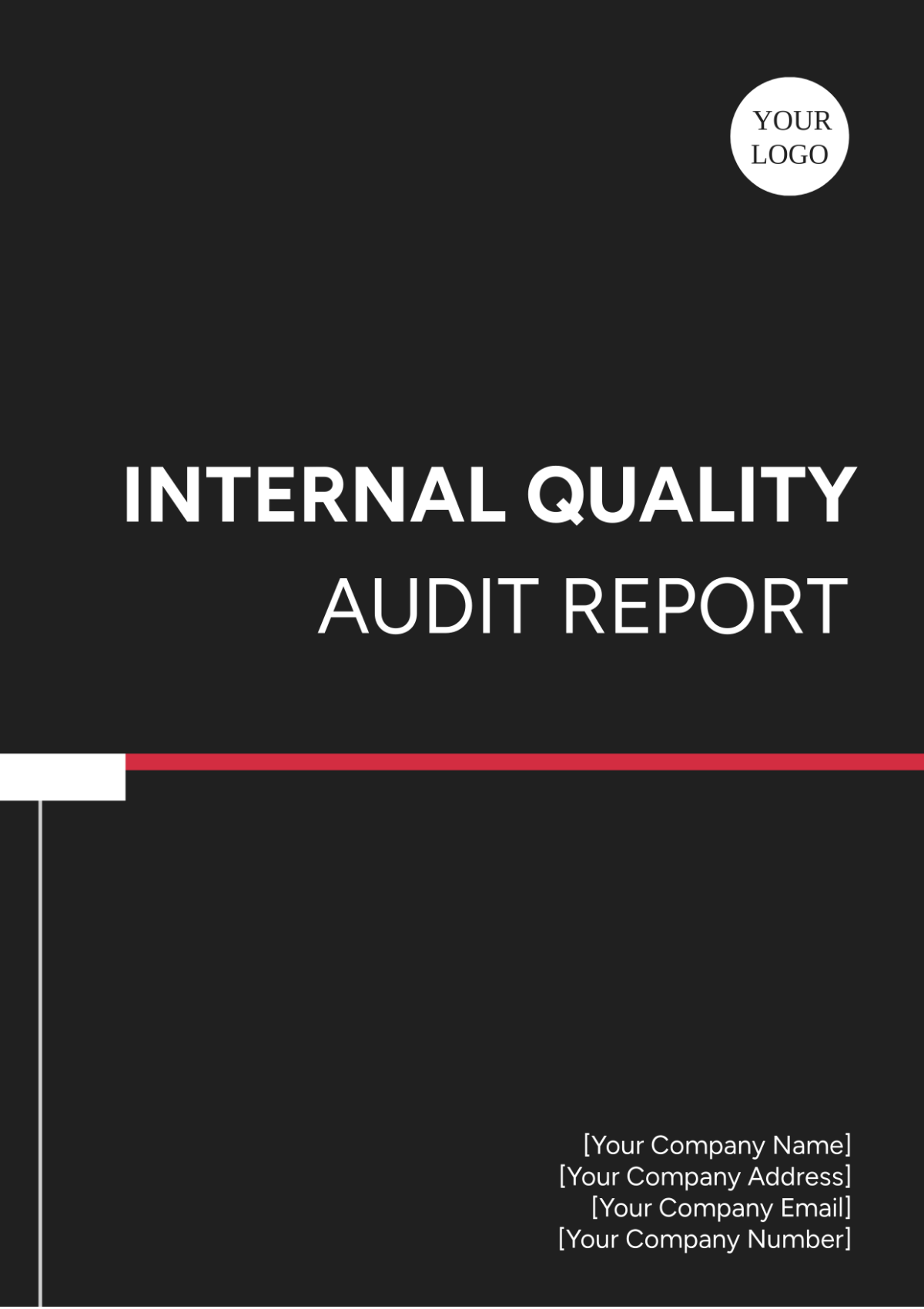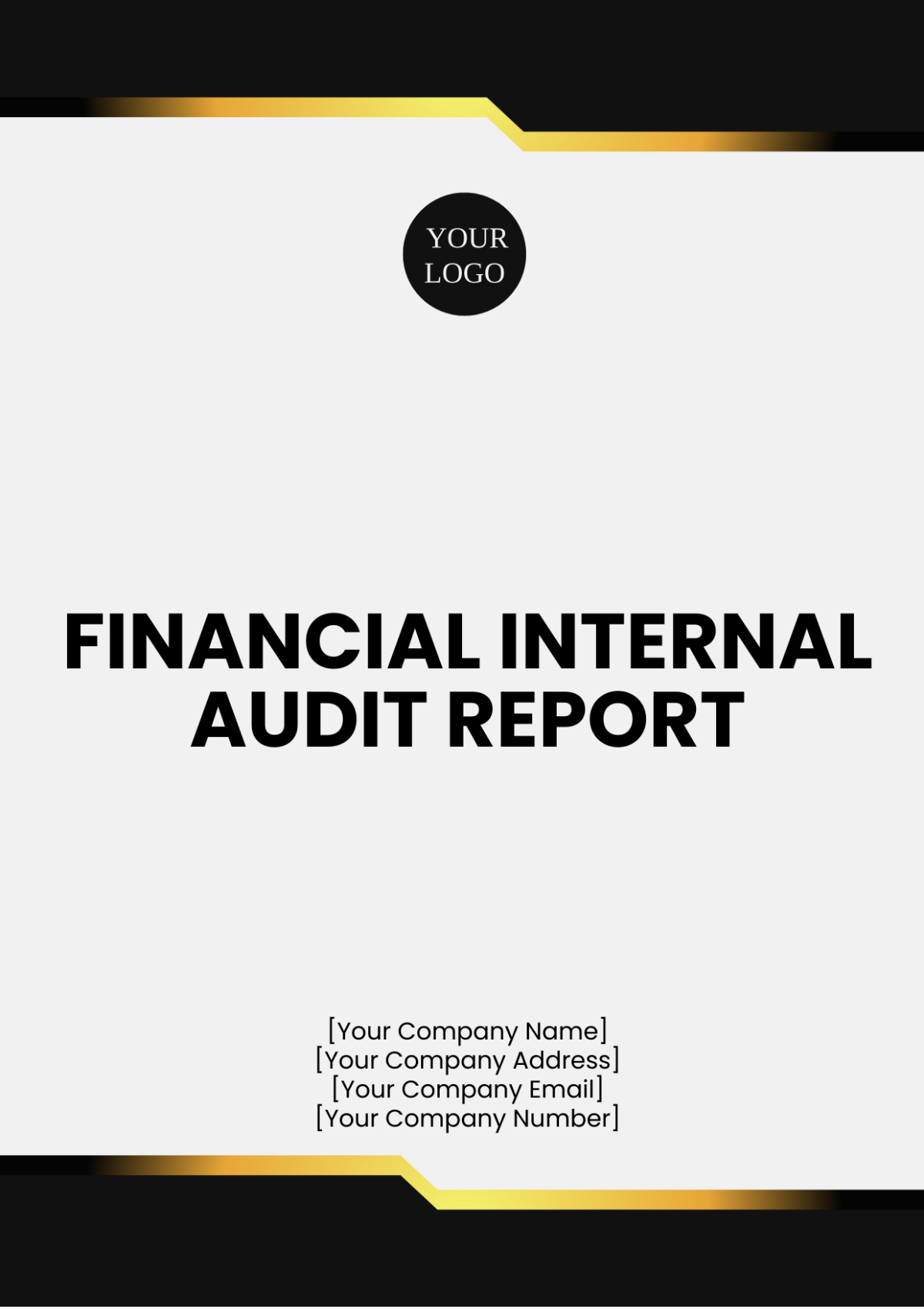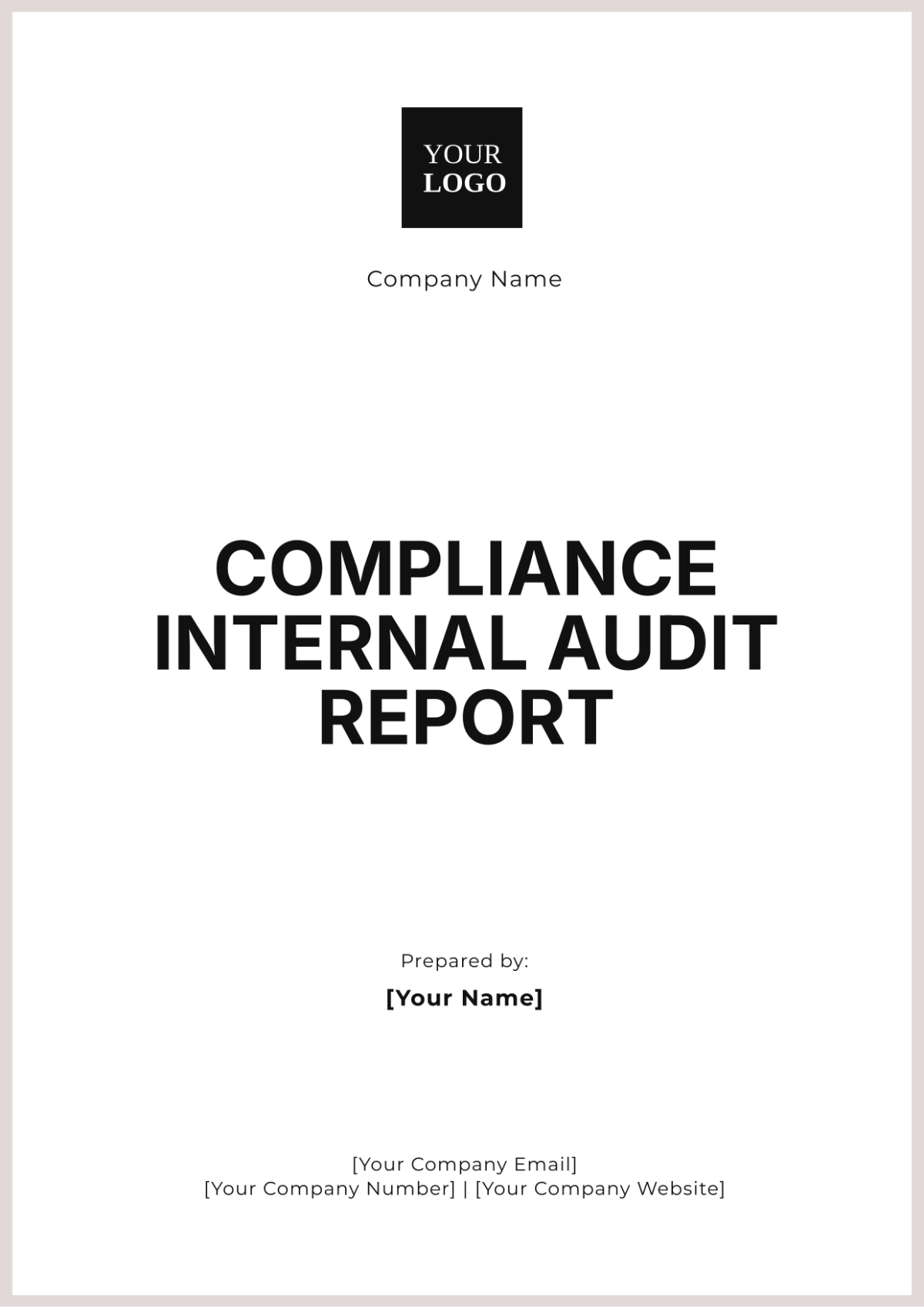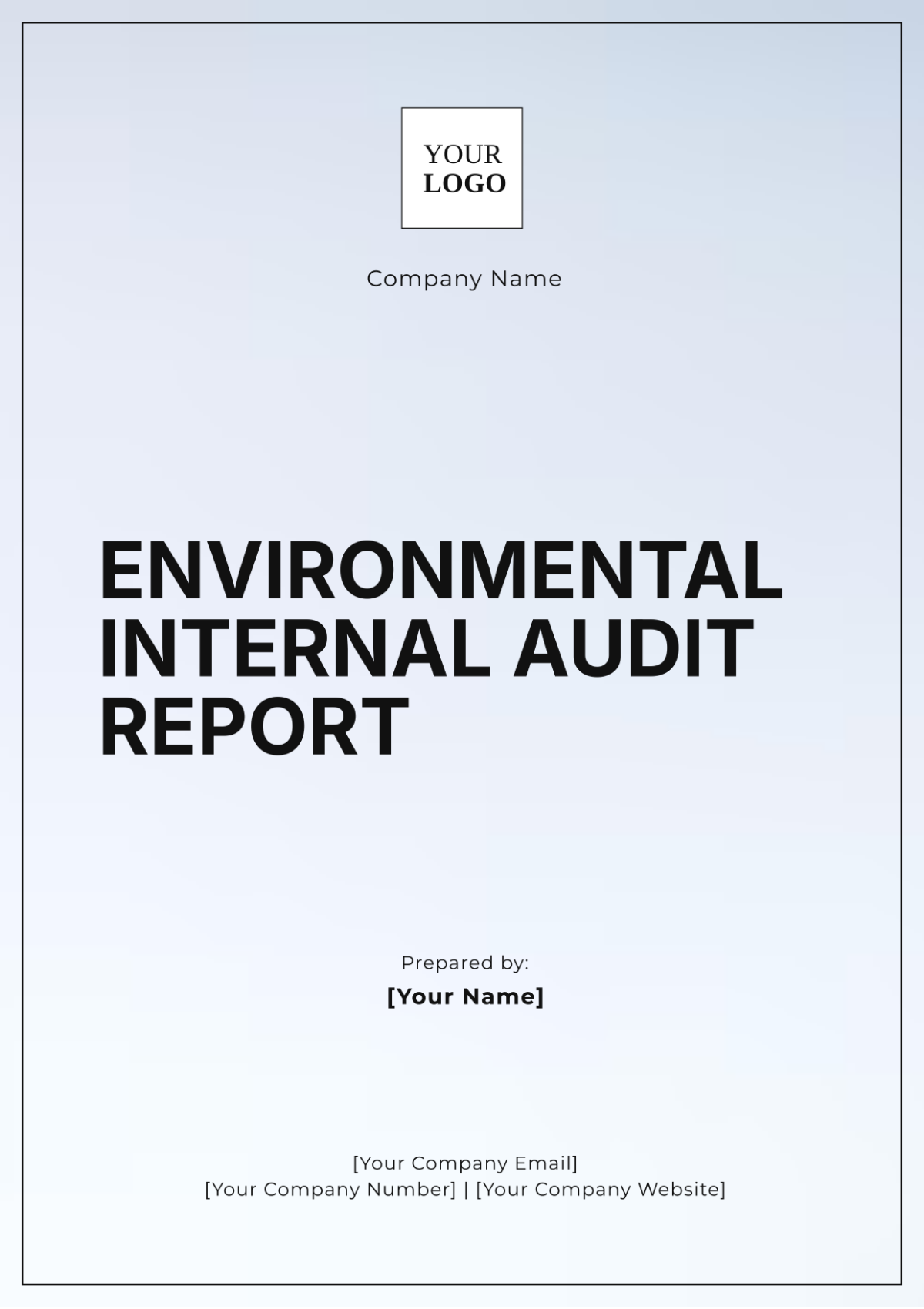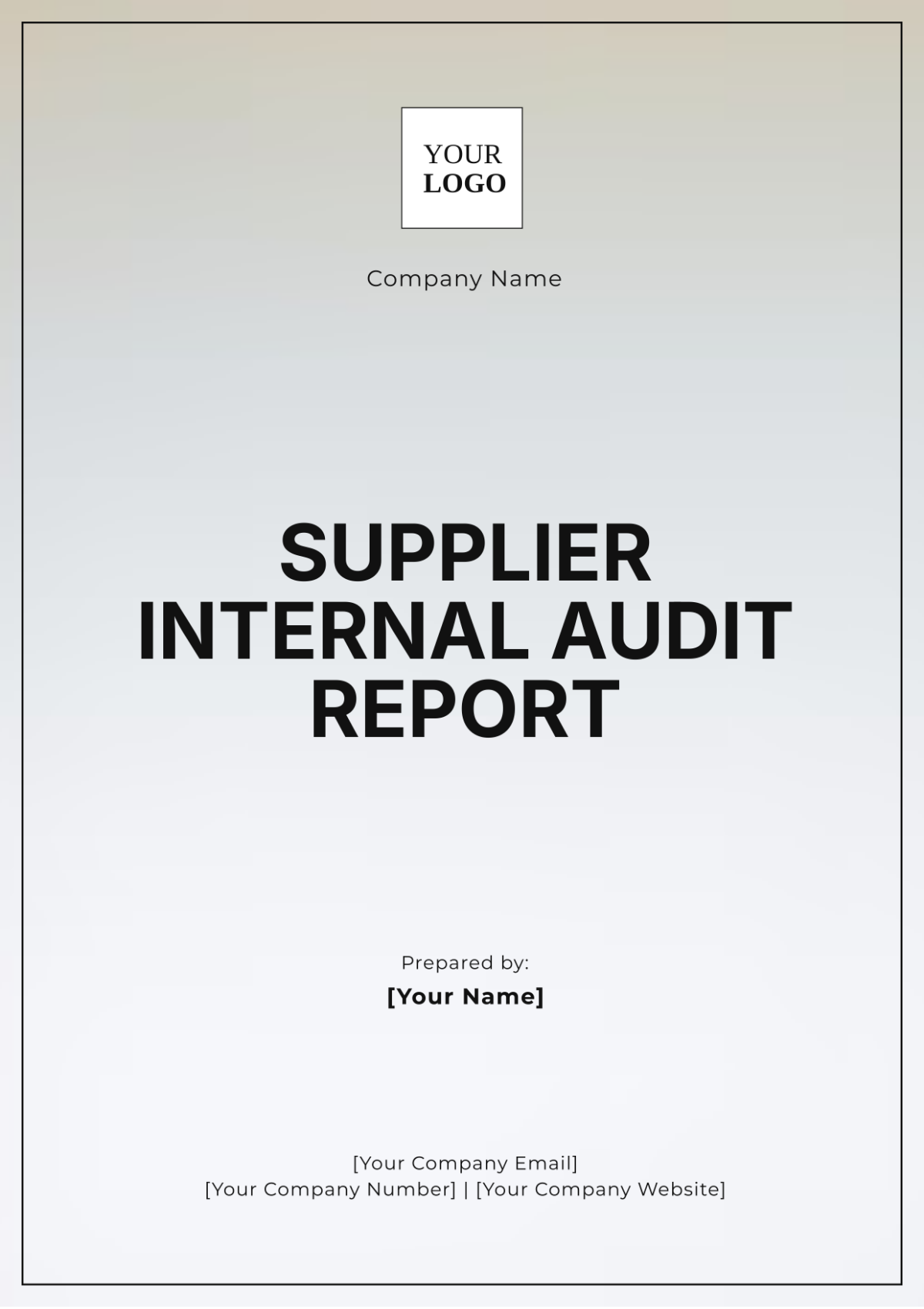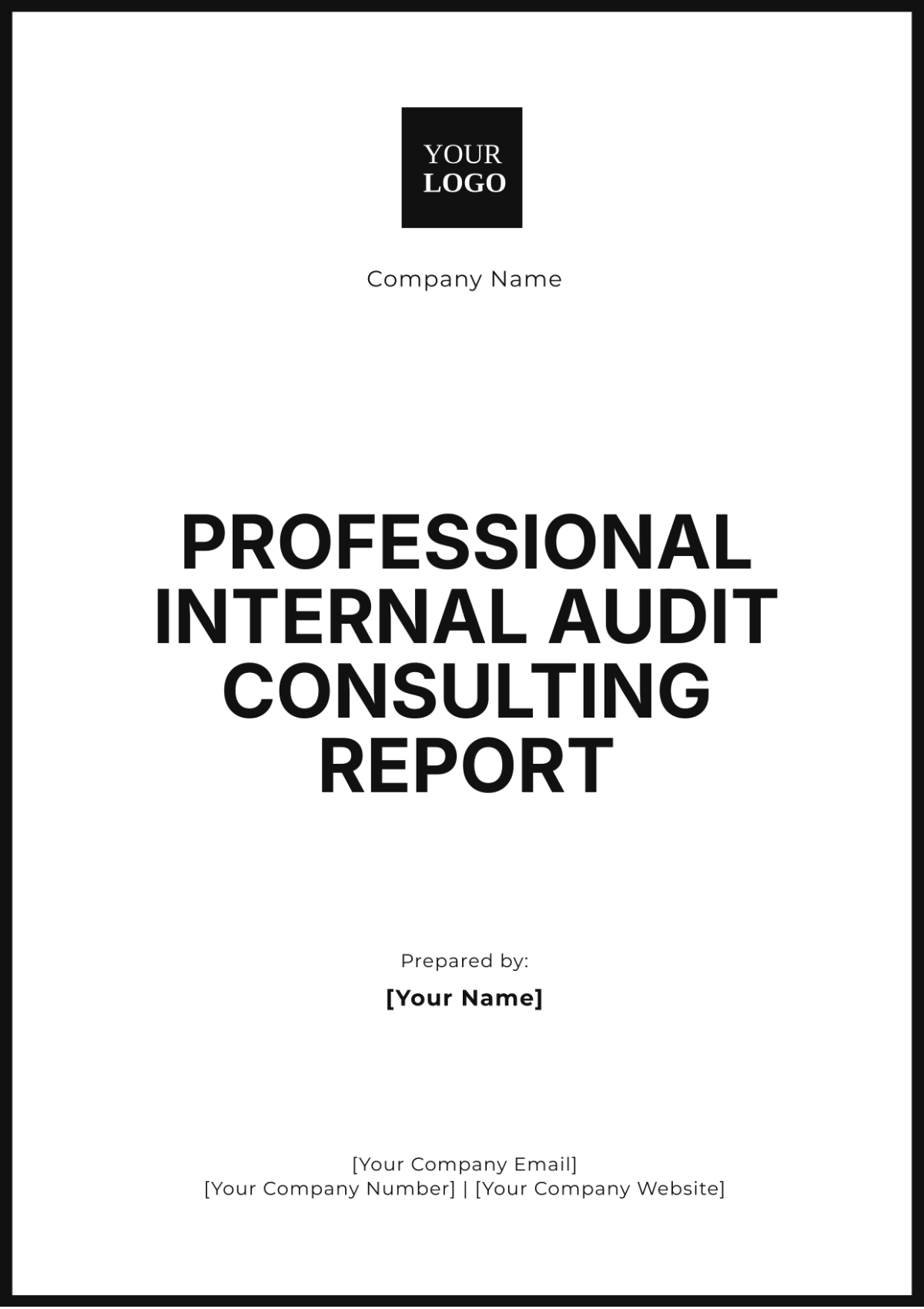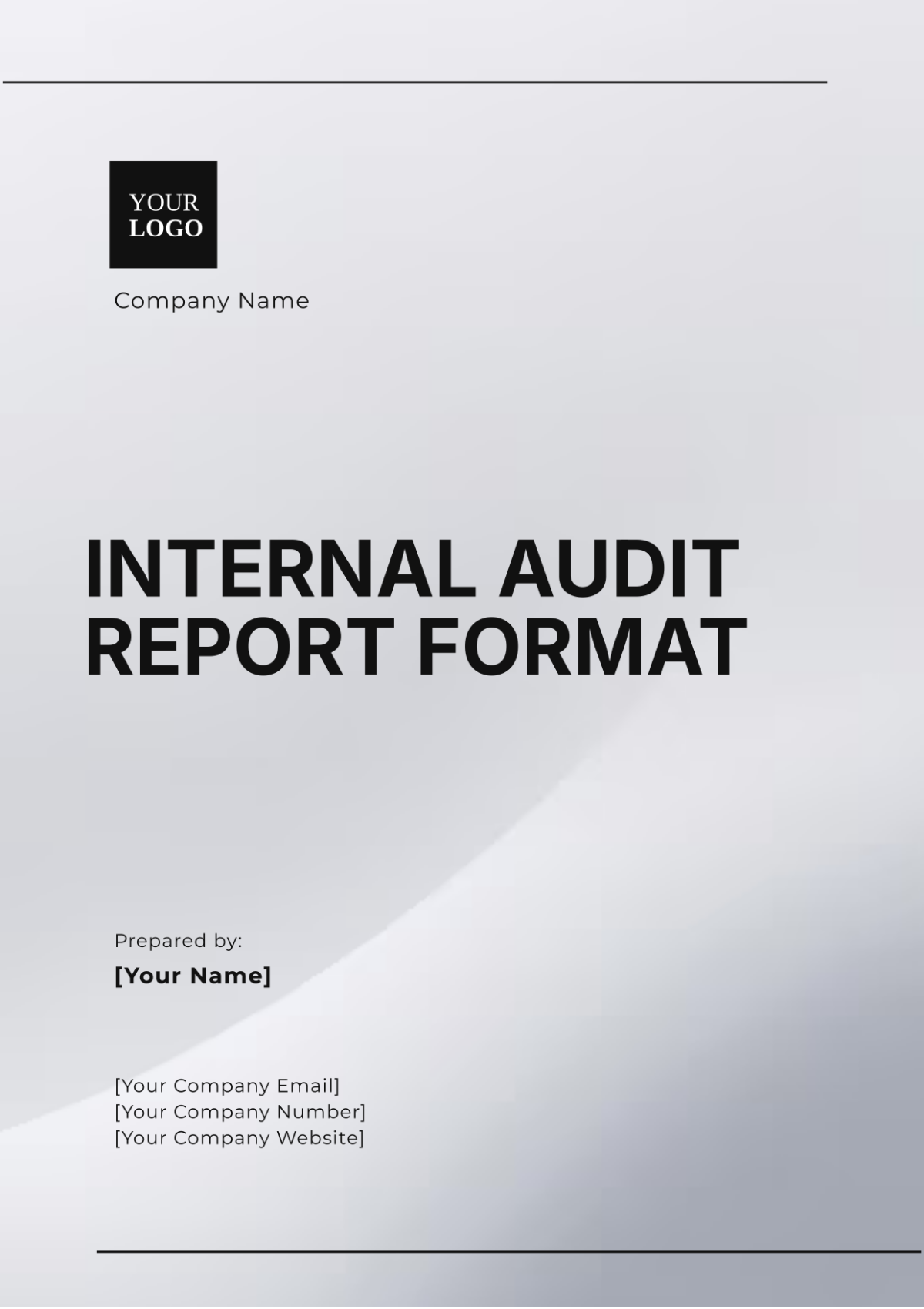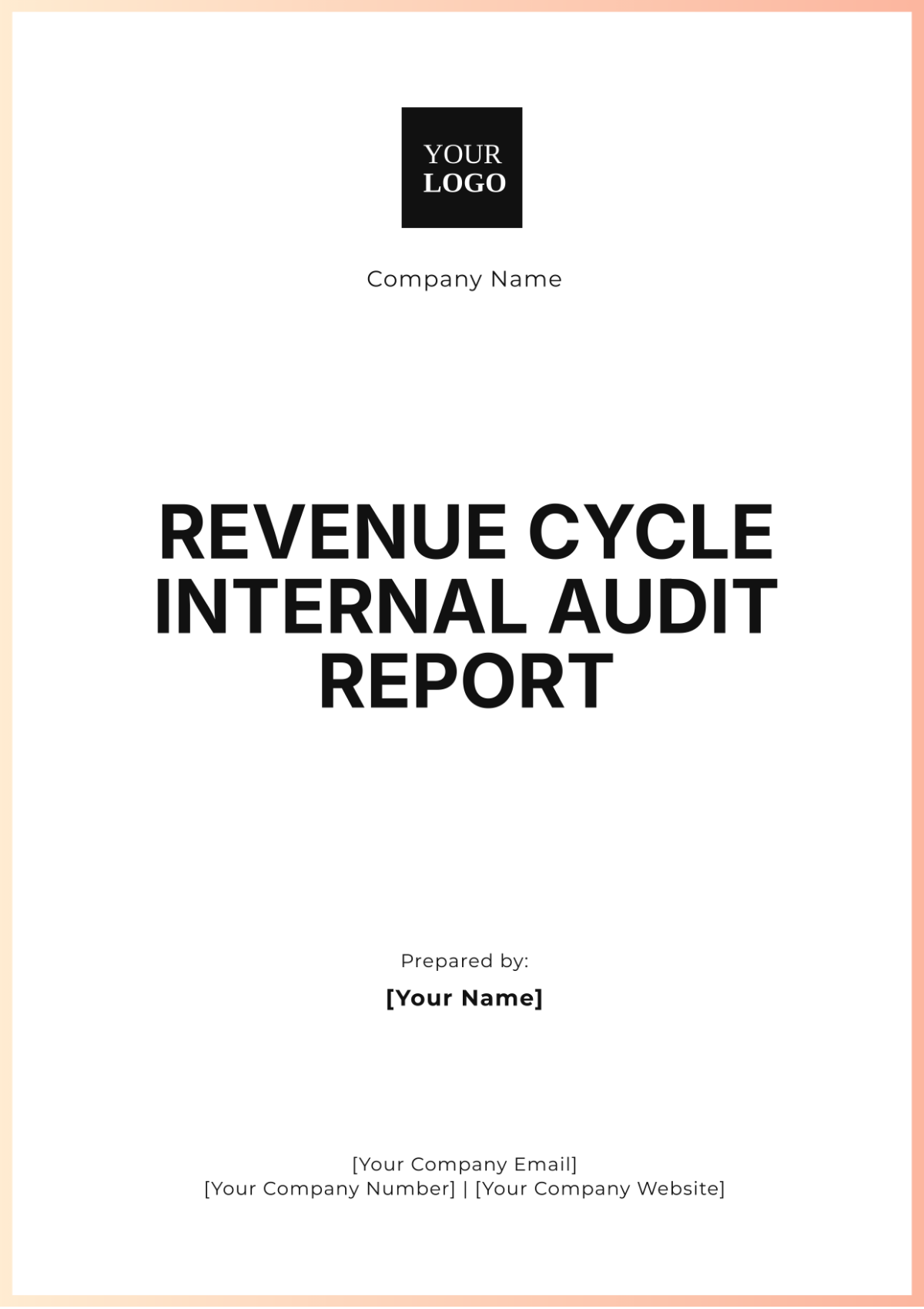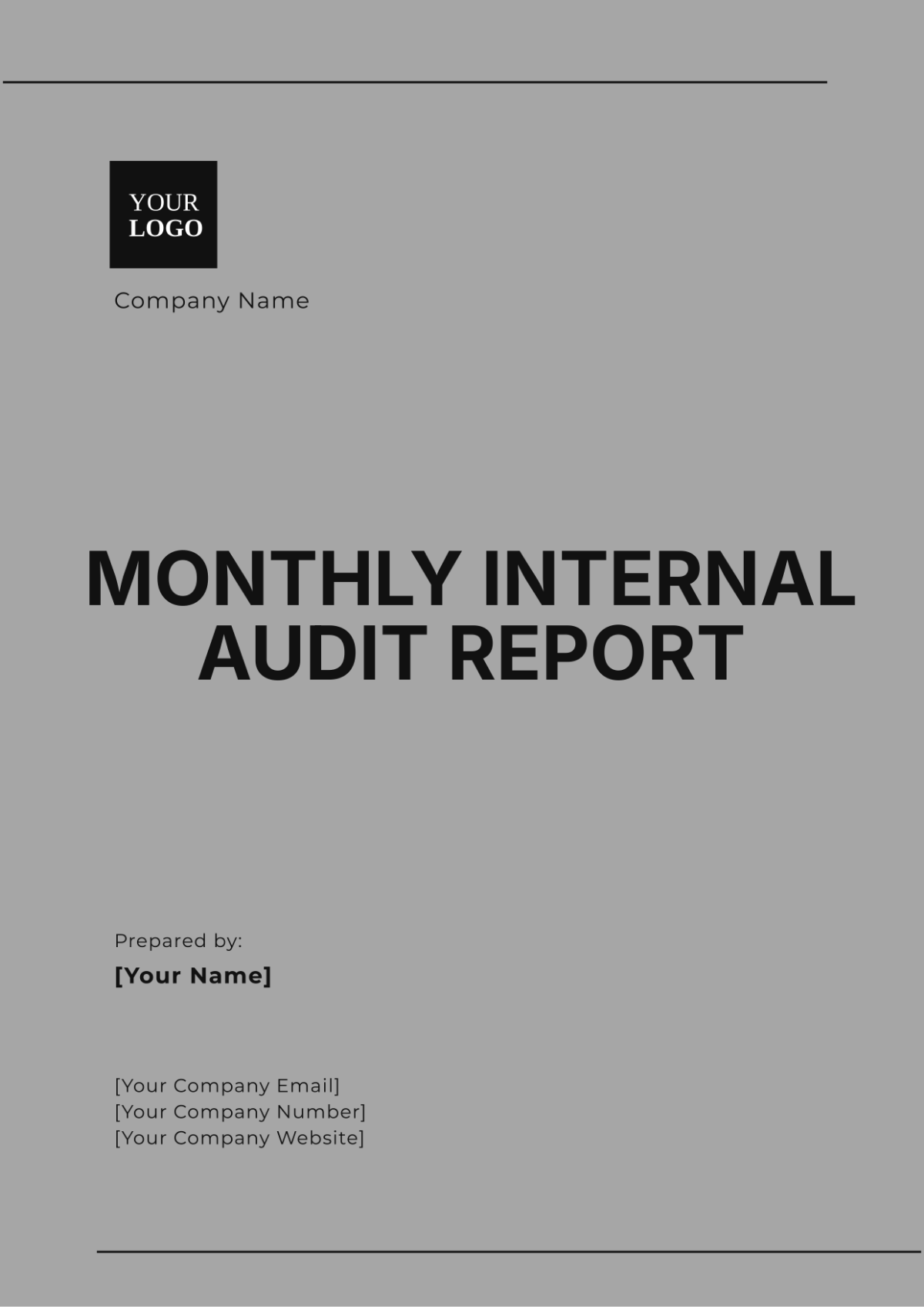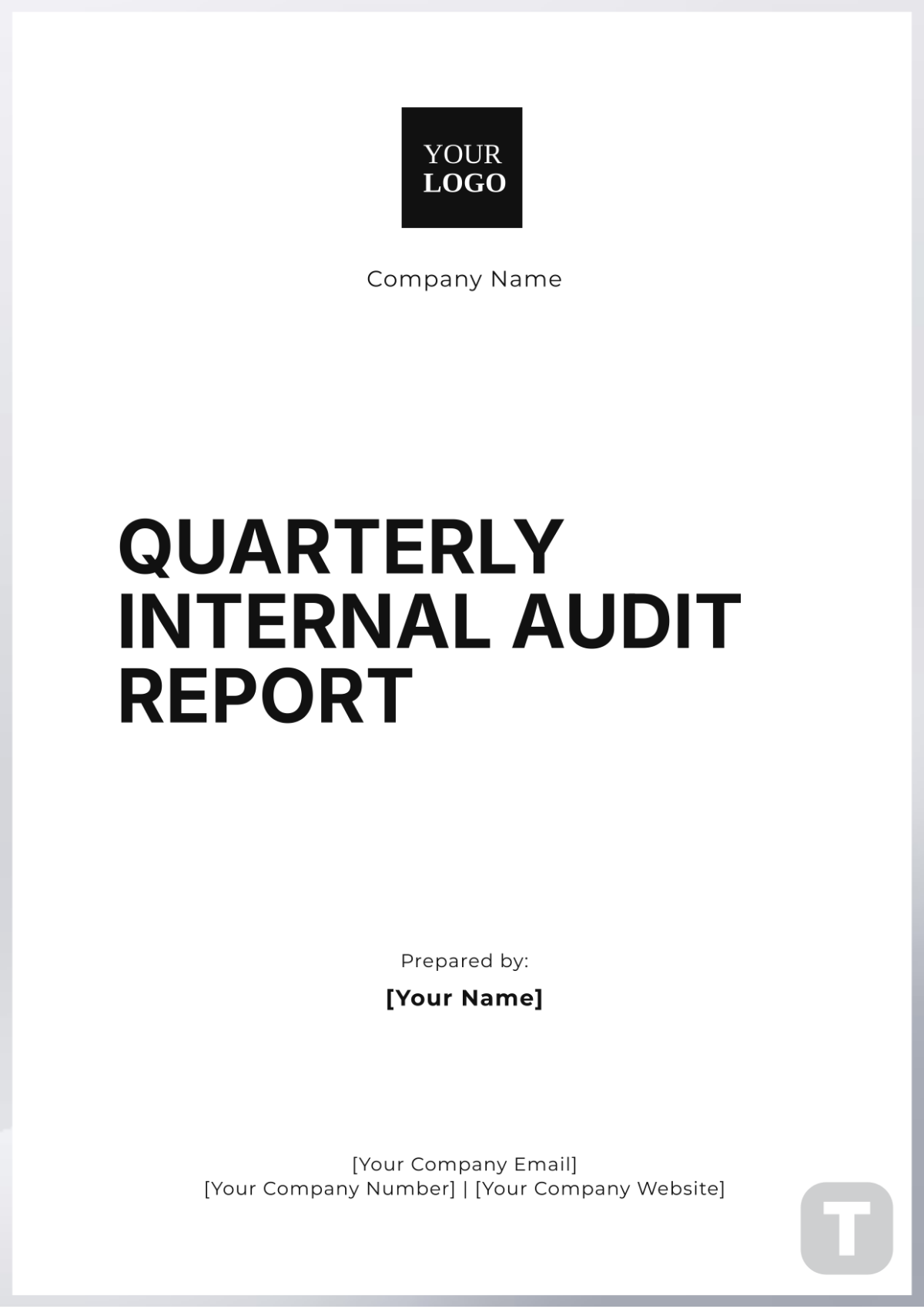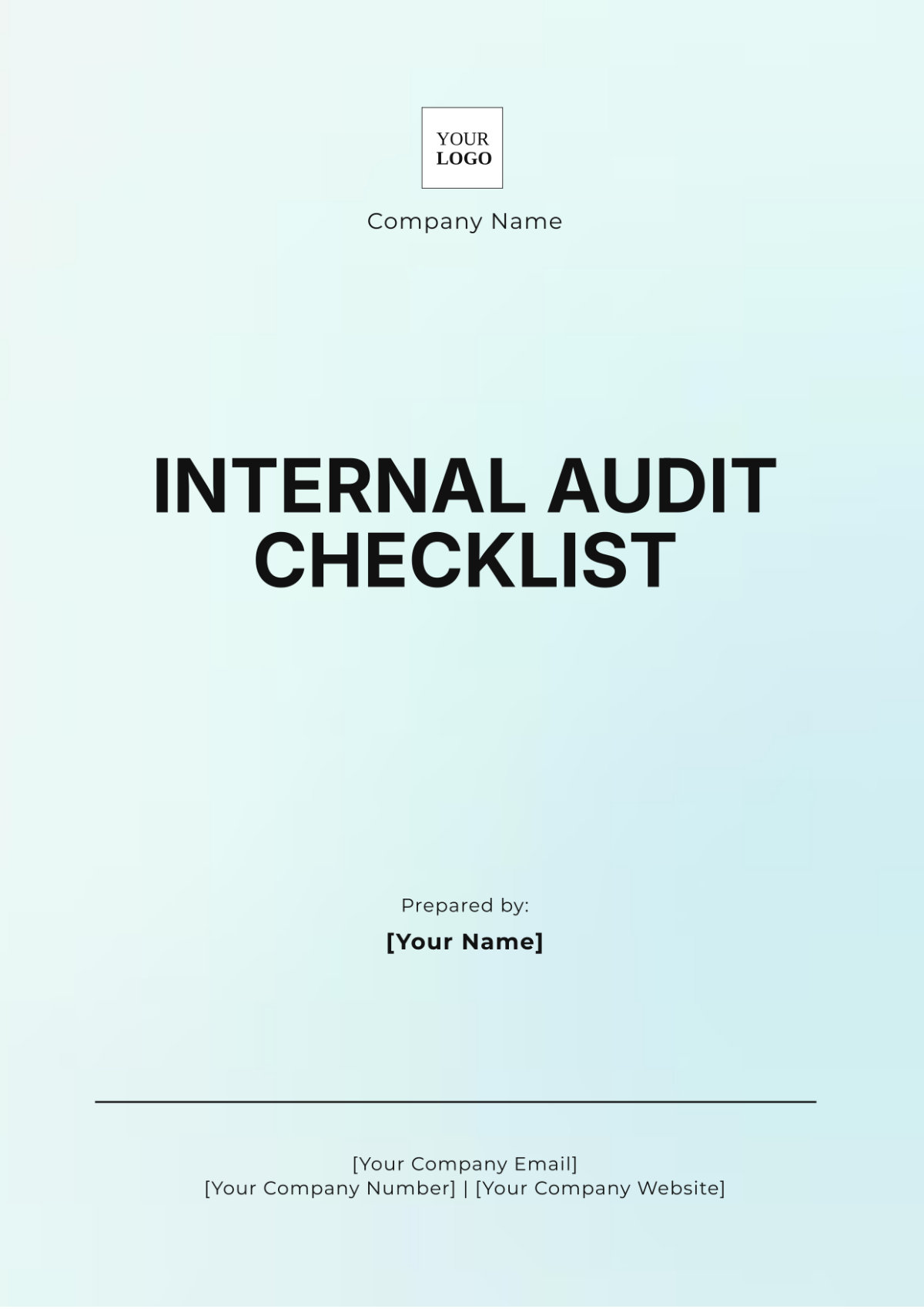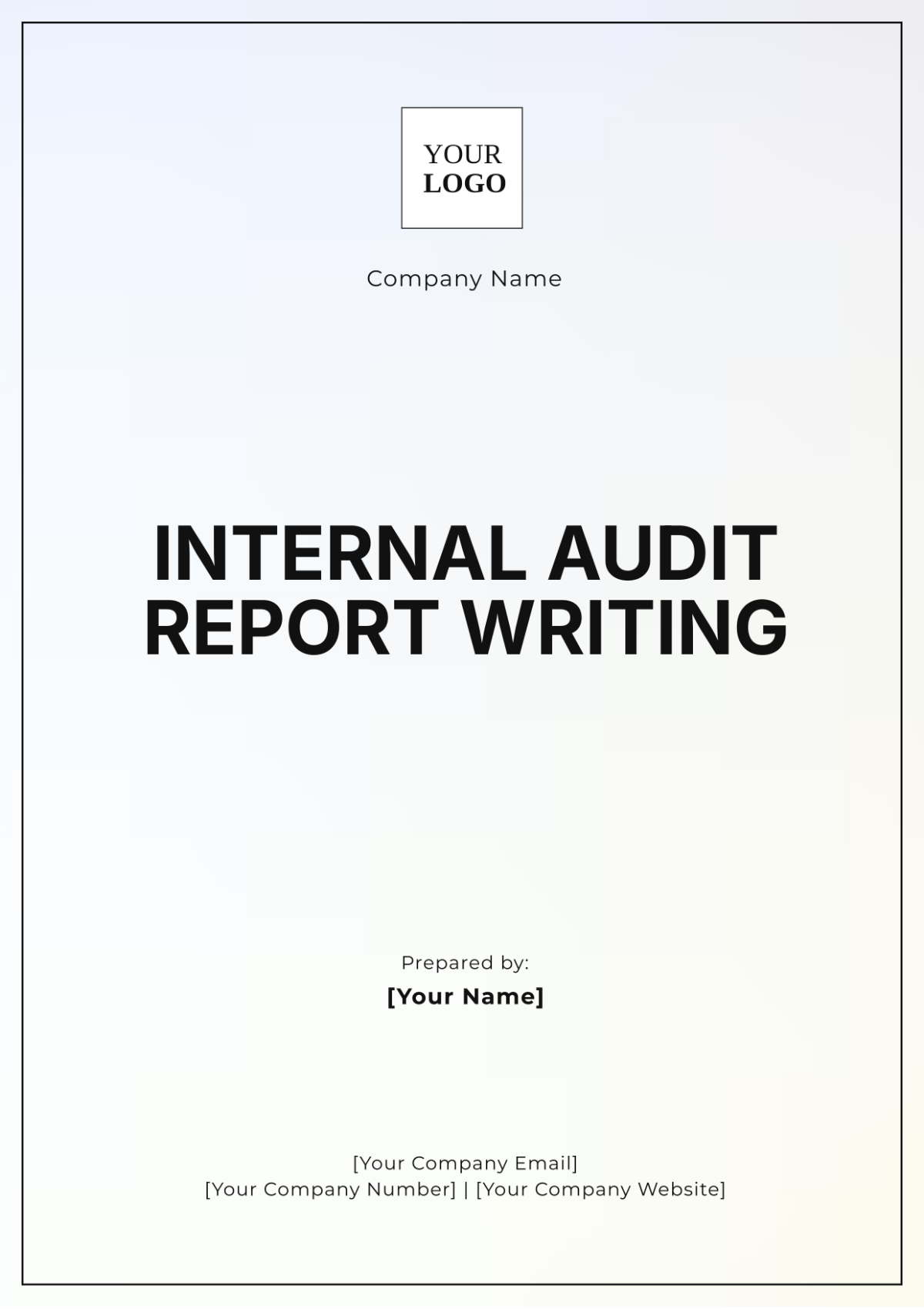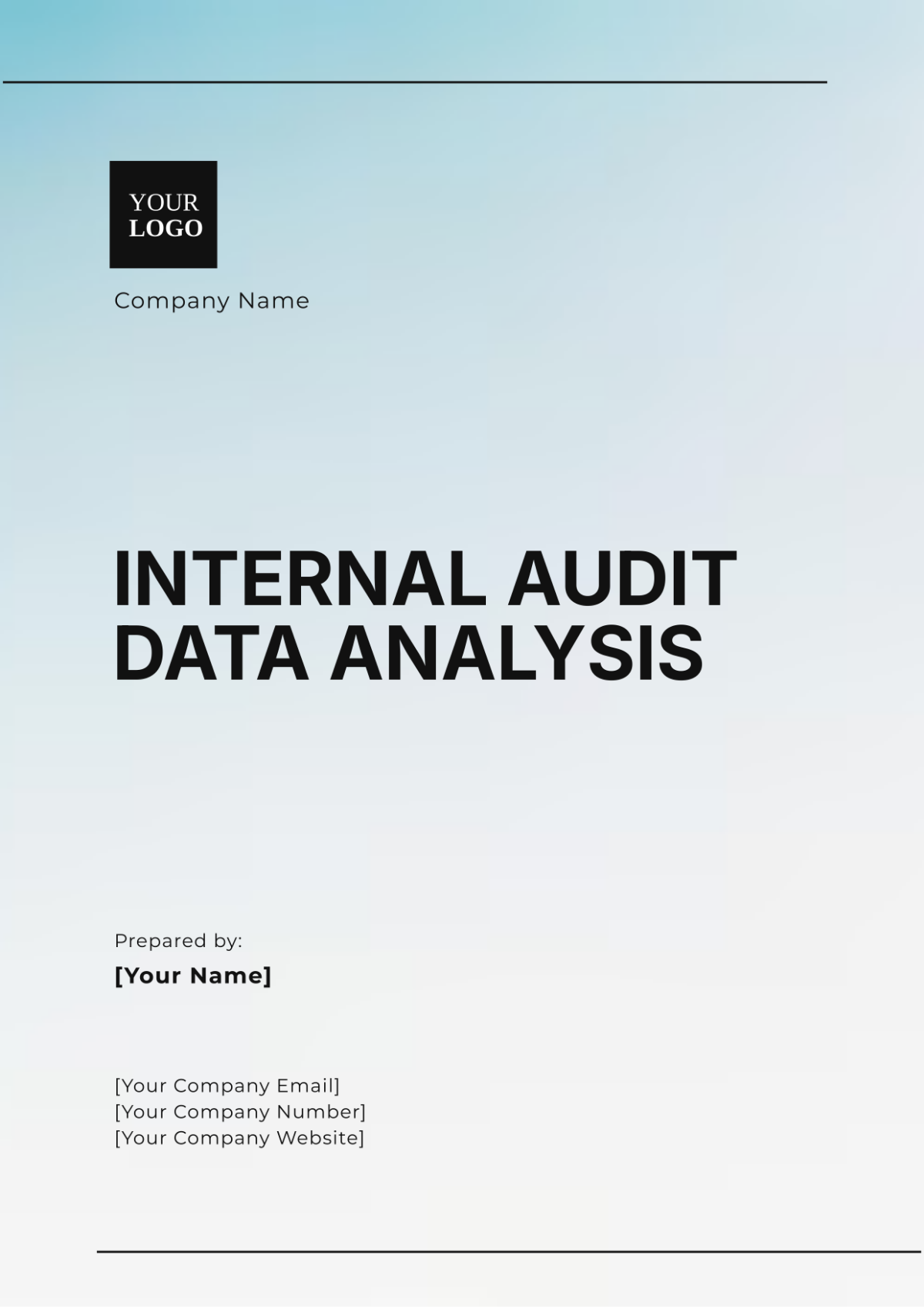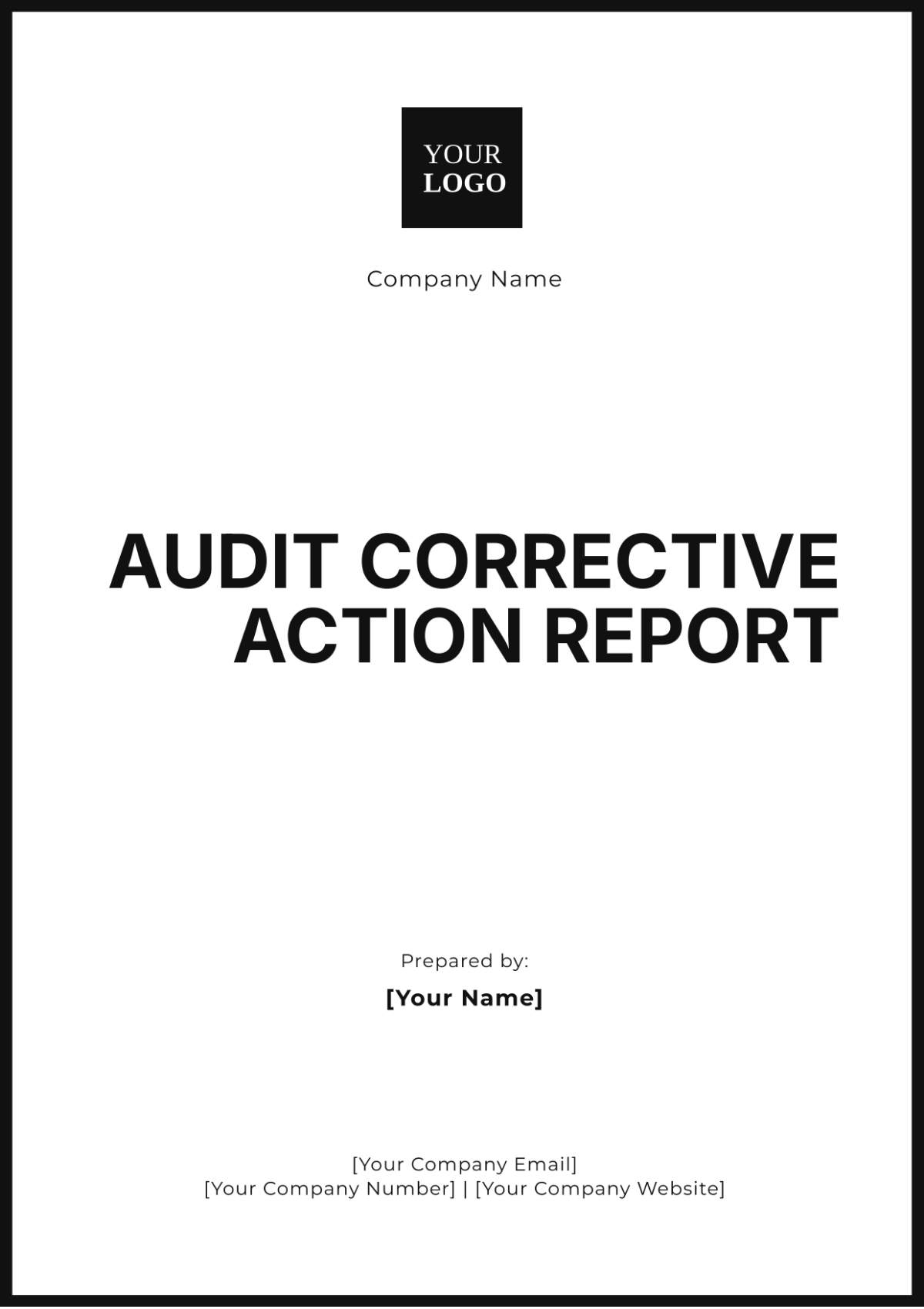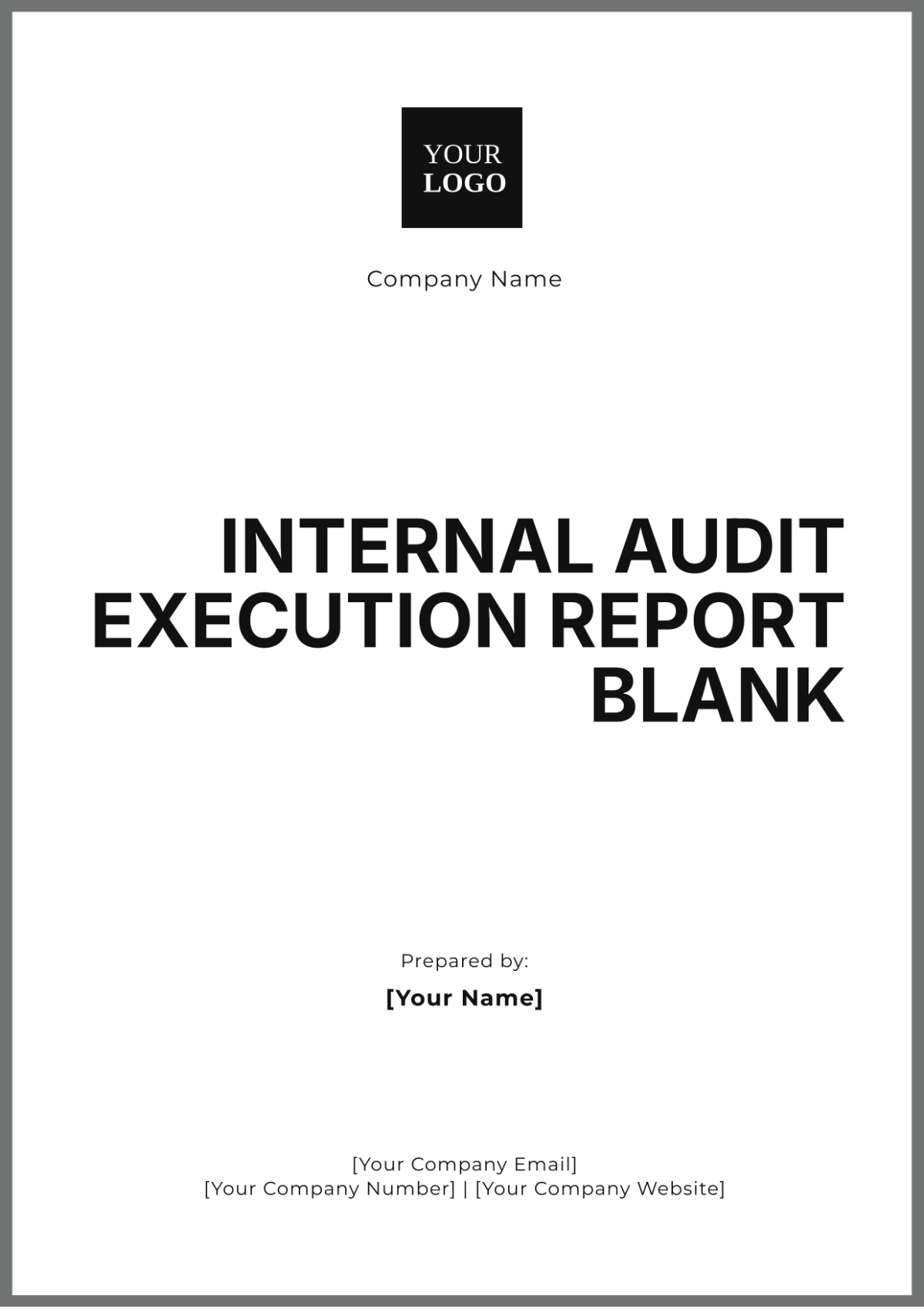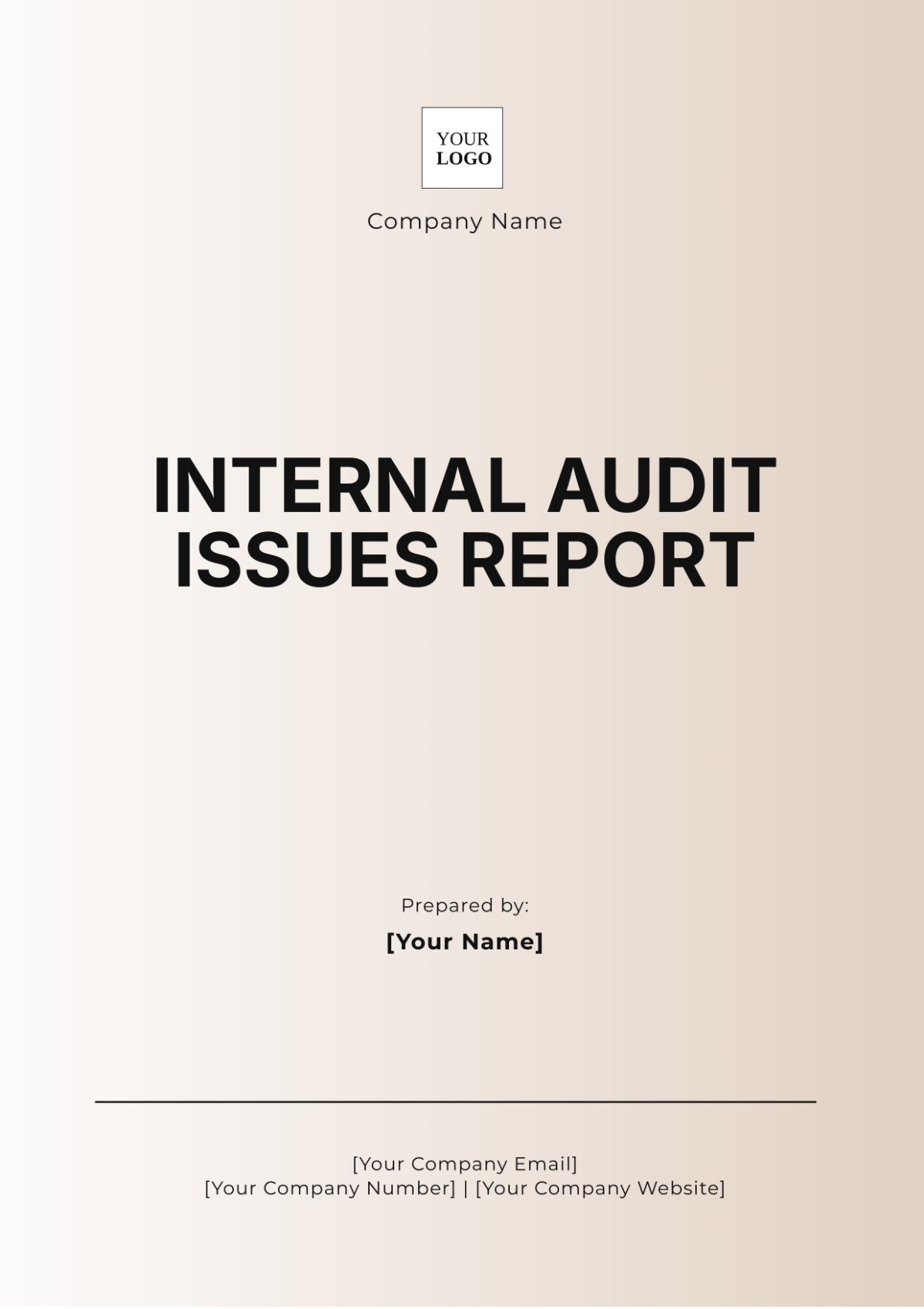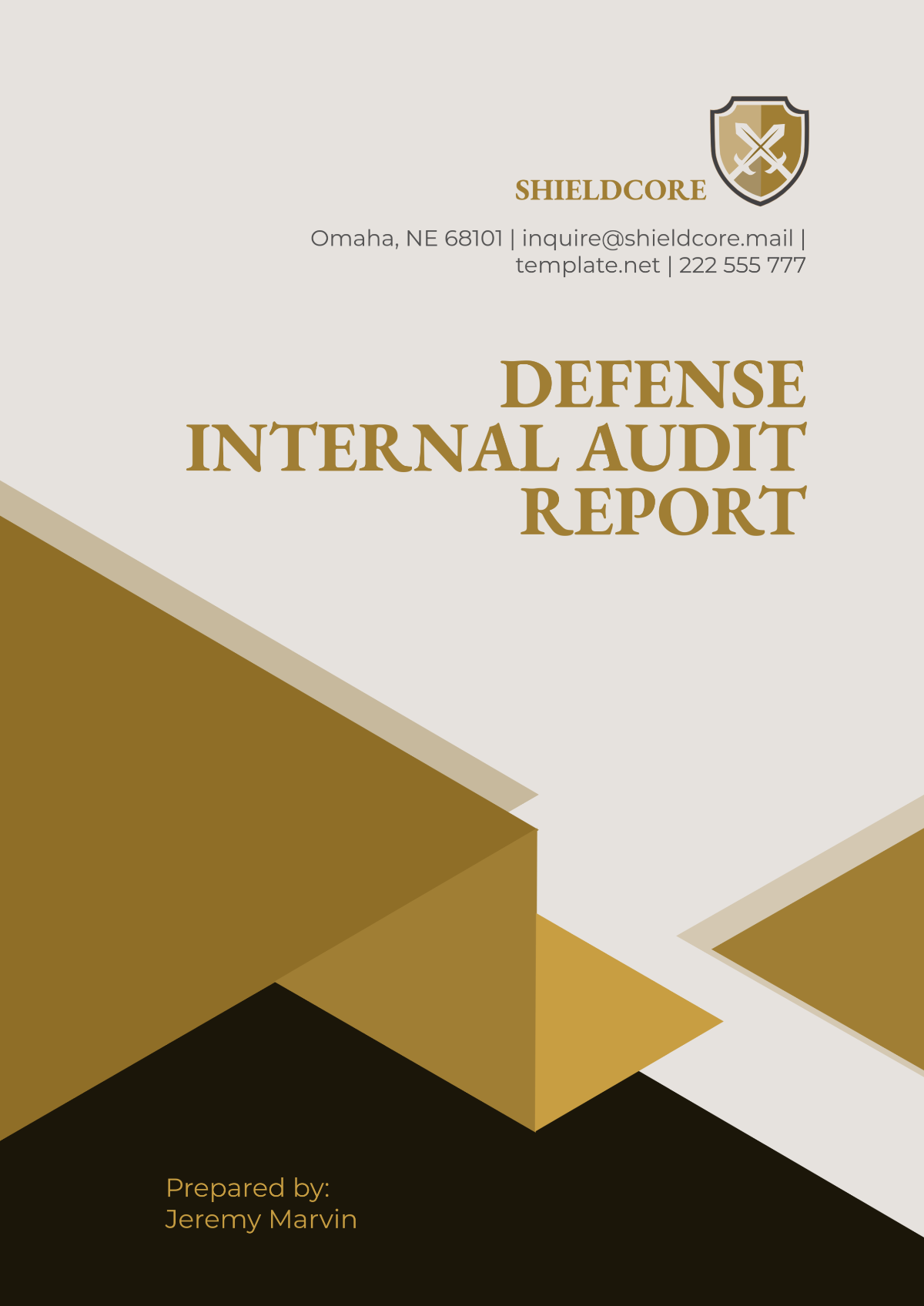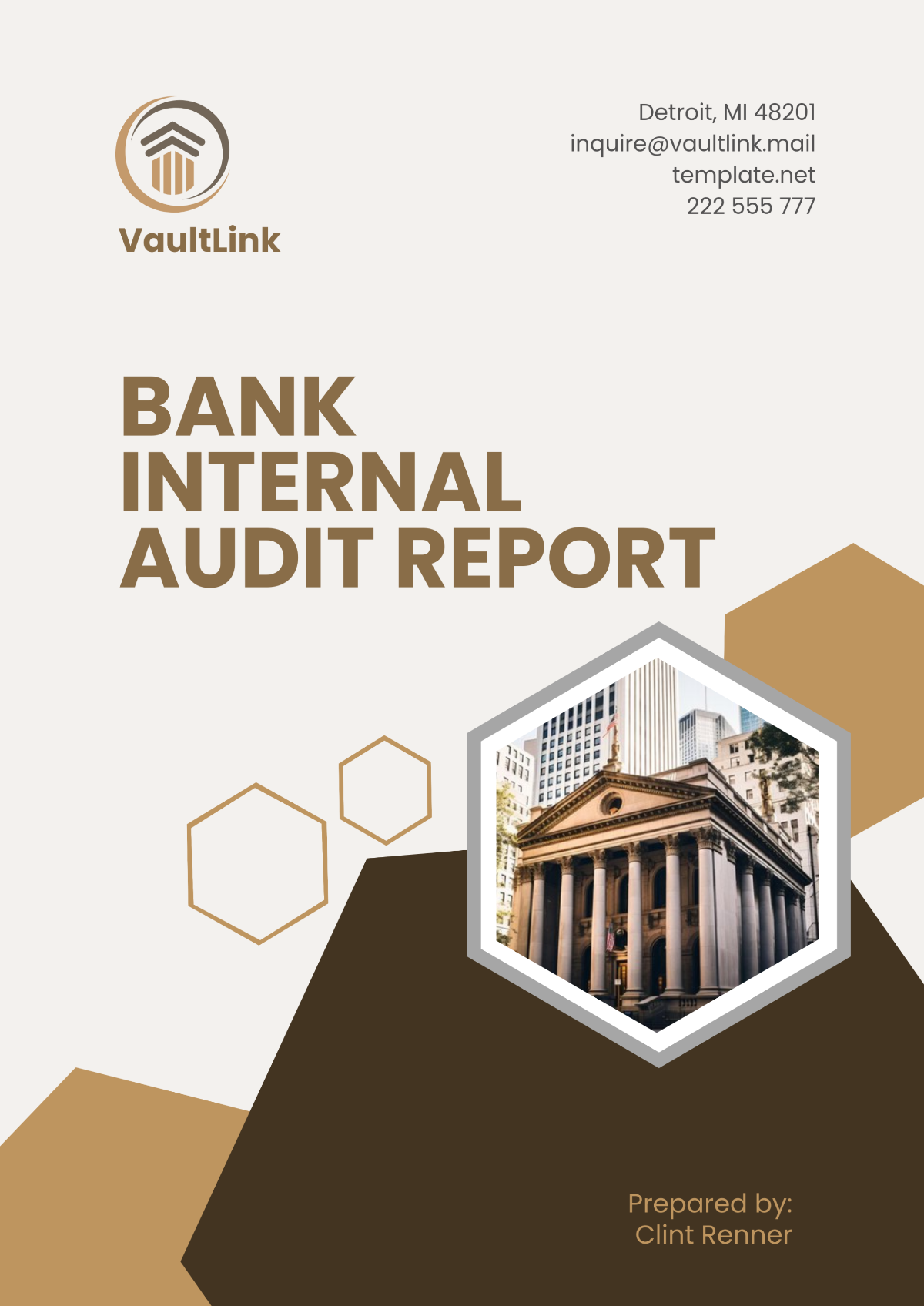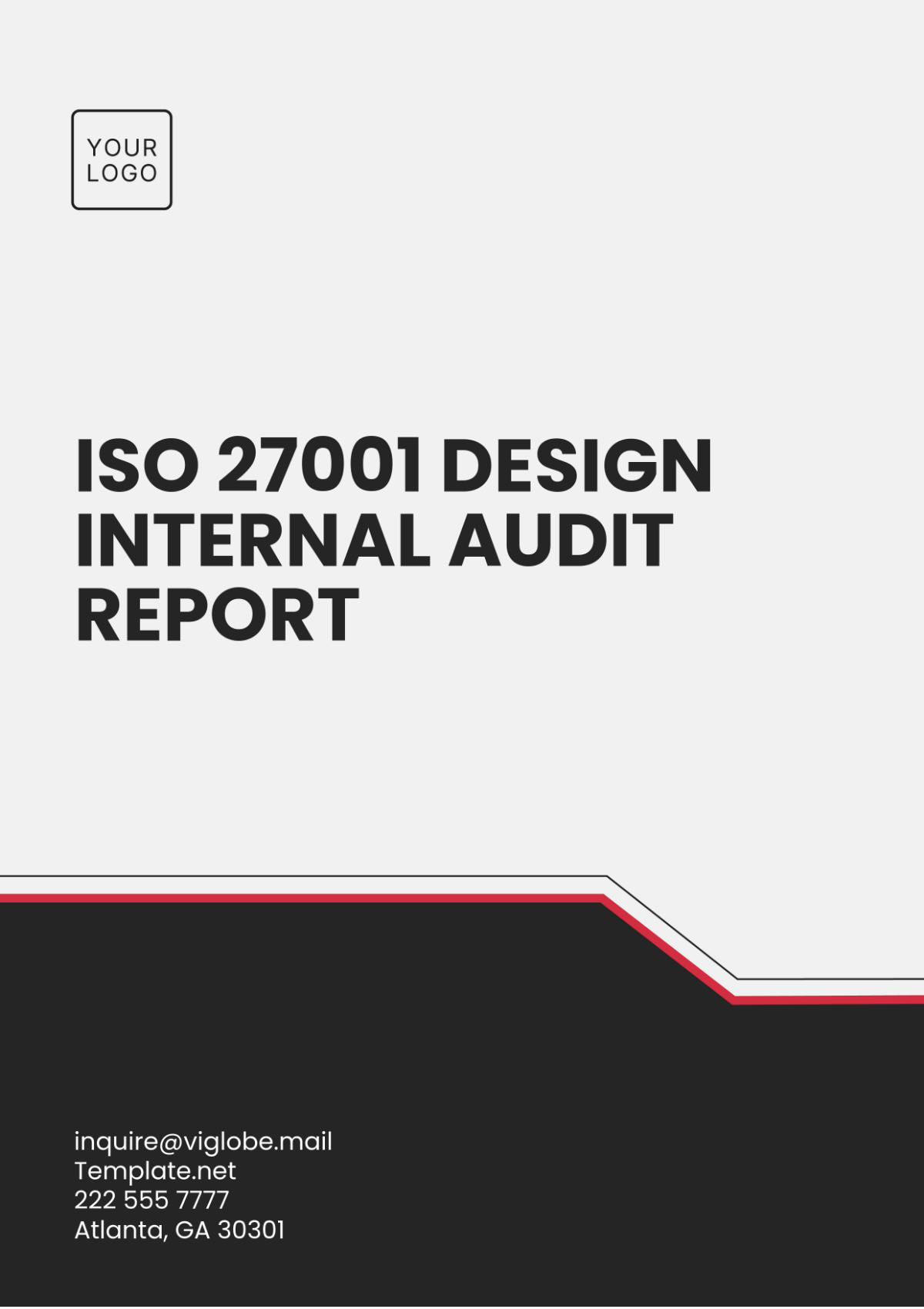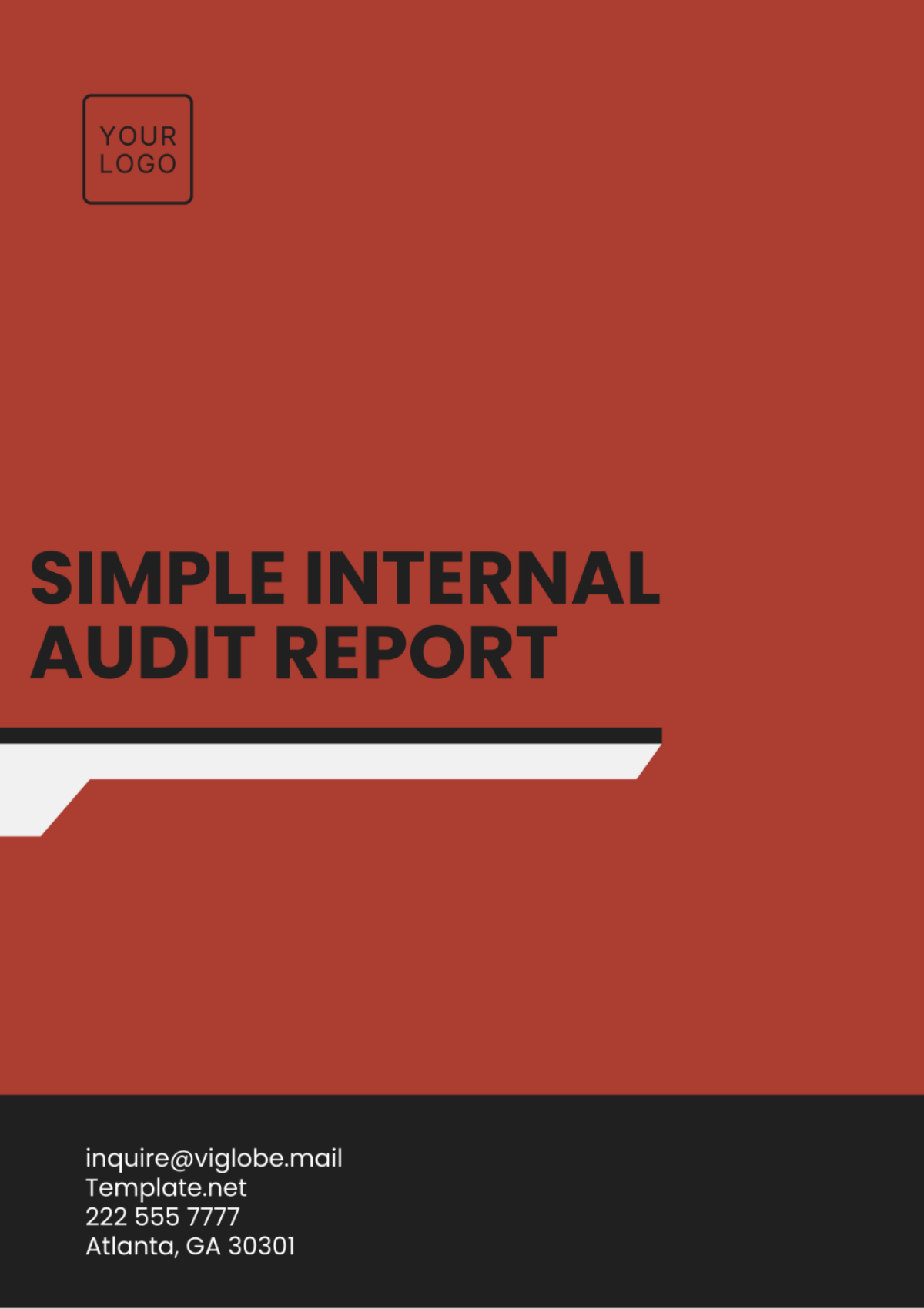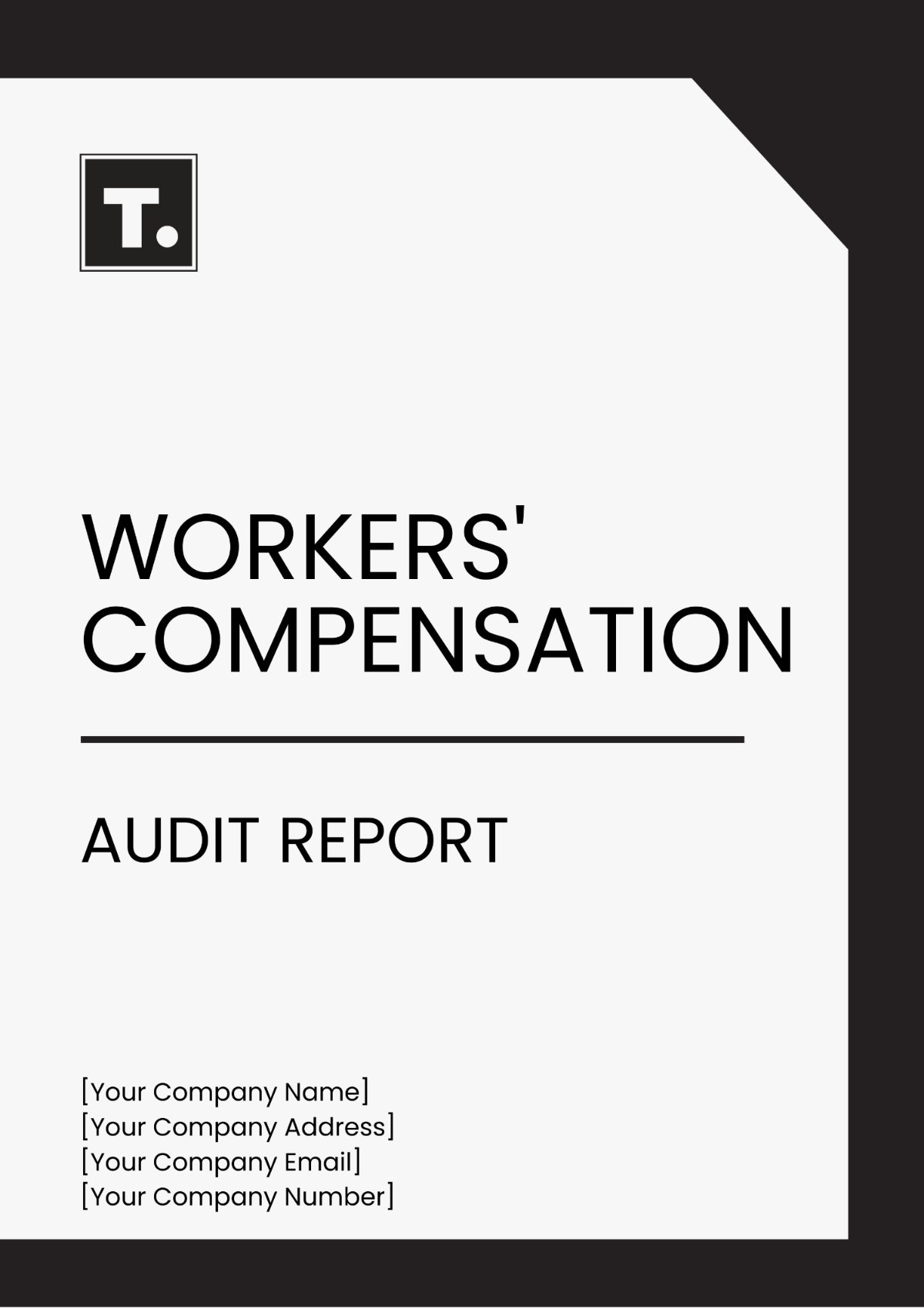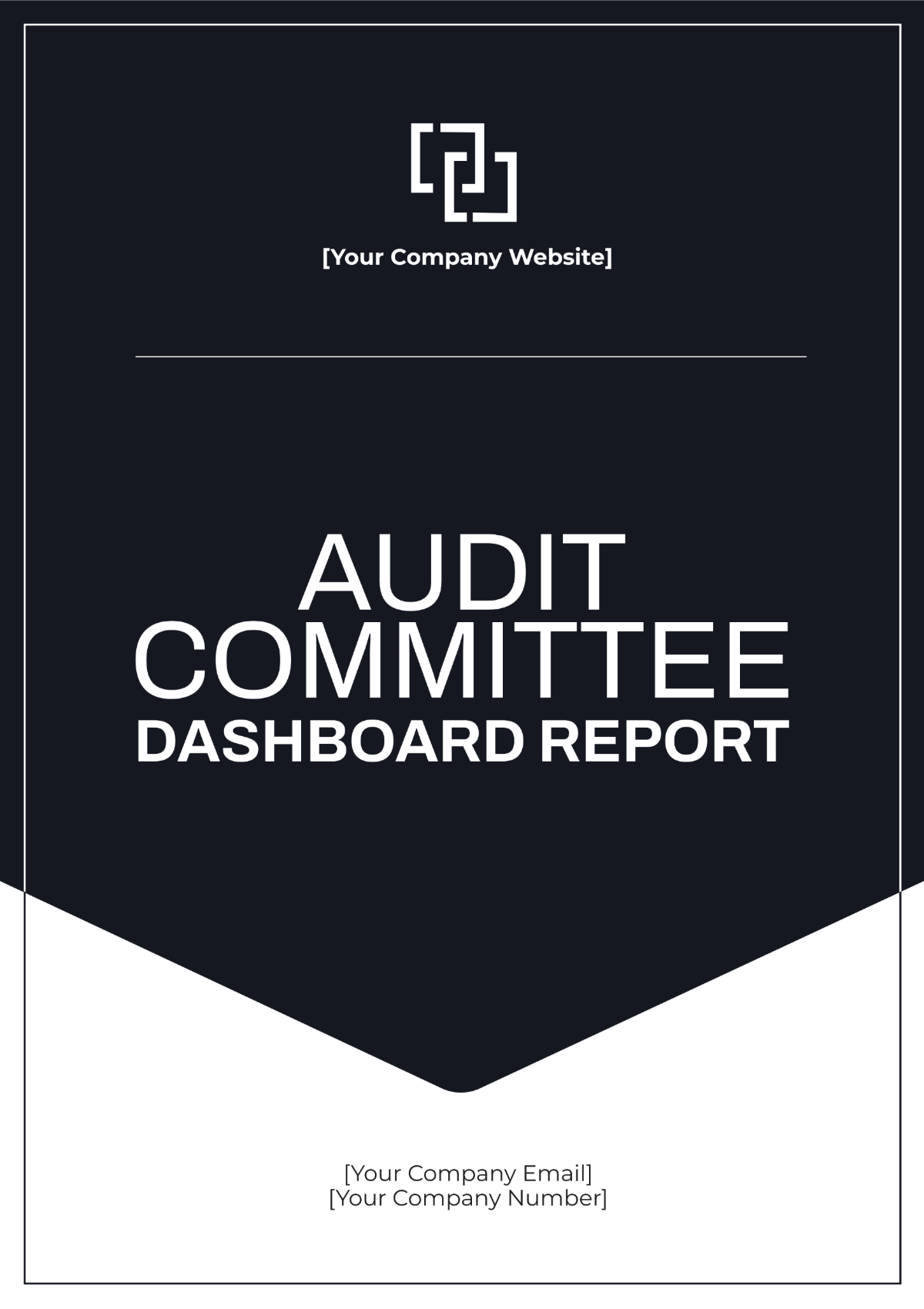Internal Audit Advisory Report
Prepared by: [YOUR NAME]
Company: [YOUR COMPANY NAME]
Department: [YOUR DEPARTMENT]
Date: [DATE]
I. Introduction
The [YOUR COMPANY NAME] Internal Audit team presents the Internal Audit Advisory Report for the period of [Audit Period]. This report serves as a valuable tool for providing advisory services to management and stakeholders, offering insights into emerging risks, best practices, and recommendations for enhancing internal controls. The introduction section provides an overview of the advisory objectives, methodology, and the importance of proactive risk management in achieving organizational goals.
In this introduction, we outline the scope of the advisory services provided, emphasizing the role of internal audit in supporting strategic decision-making and promoting organizational resilience. By leveraging our expertise and industry knowledge, we aim to assist management in identifying and addressing key risks, optimizing business processes, and enhancing governance frameworks. This report serves as a collaborative effort between the Internal Audit team and management to drive positive change and foster a culture of continuous improvement within [YOUR COMPANY NAME].
II. Executive Summary
The executive summary provides a concise summary of the advisory findings, recommendations, and action plan. It highlights key insights and areas of focus, offering management and stakeholders a snapshot of the advisory outcomes. Throughout the advisory engagement, the Internal Audit team collaborated closely with management to assess risks, identify opportunities, and develop actionable recommendations to strengthen internal controls and mitigate emerging threats.
III. Audit Findings
A. Summary of Findings
1. Key Findings
The audit revealed several key findings that warrant attention from management. These findings provide insights into areas of potential risk and opportunities for improvement within the organization:
Finding 1: [Description of finding 1]
Finding 2: [Description of finding 2]
Finding 3: [Description of finding 3]
2. Severity Assessment
Following the identification of key findings, a severity assessment was conducted to prioritize remediation efforts. The severity assessment categorized findings based on their potential impact on the organization:
High Severity Findings: [Number of findings]
Medium Severity Findings: [Number of findings]
Low Severity Findings: [Number of findings]
B. Root Cause Analysis
An analysis of root causes identified underlying factors contributing to the findings. The root cause analysis revealed several factors that contributed to the identified issues, including [Root Cause 1], [Root Cause 2], and [Root Cause 3].
IV. Recommendations
Actionable Recommendations
1. Immediate Action Items
Immediate action items are recommendations that require urgent attention to address high-priority issues and mitigate risks:
[Recommendation 1]: [Description of recommendation]
[Recommendation 2]: [Description of recommendation]
[Recommendation 3]: [Description of recommendation]
2. Long-Term Solutions
Long-term solutions are recommendations aimed at implementing sustainable measures to address underlying issues and improve organizational resilience:
[Recommendation 1]: [Description of recommendation]
[Recommendation 2]: [Description of recommendation]
[Recommendation 3]: [Description of recommendation]
V. Action Plan for Implementation
A. Key Recommendations
To address the advisory findings and observations, the Internal Audit team developed a series of recommendations aimed at enhancing internal controls, optimizing business processes, and mitigating emerging risks. These recommendations are tailored to the specific needs and circumstances of each advisory area.
B. Action Plan for Implementation
To facilitate the implementation of advisory recommendations, the Internal Audit team collaborated with management to develop a comprehensive action plan. This plan outlines specific actions, responsible parties, and timelines for addressing advisory findings and enhancing controls. Key components of the action plan include prioritized actions, assigned responsibilities, and a timeline for completion.
VI. Conclusion
In conclusion, the Internal Audit Advisory Report provides management and stakeholders with valuable insights and recommendations for enhancing internal controls, optimizing business processes, and mitigating emerging risks. The findings presented in this report underscore the importance of proactive risk management and strategic decision-making in achieving organizational objectives. By implementing the recommended enhancements and action plan, [YOUR COMPANY NAME] can strengthen its resilience, improve operational performance, and maintain a competitive edge in the marketplace. The Internal Audit team remains committed to supporting [YOUR COMPANY NAME] in achieving its strategic goals and promoting effective risk management practices.
